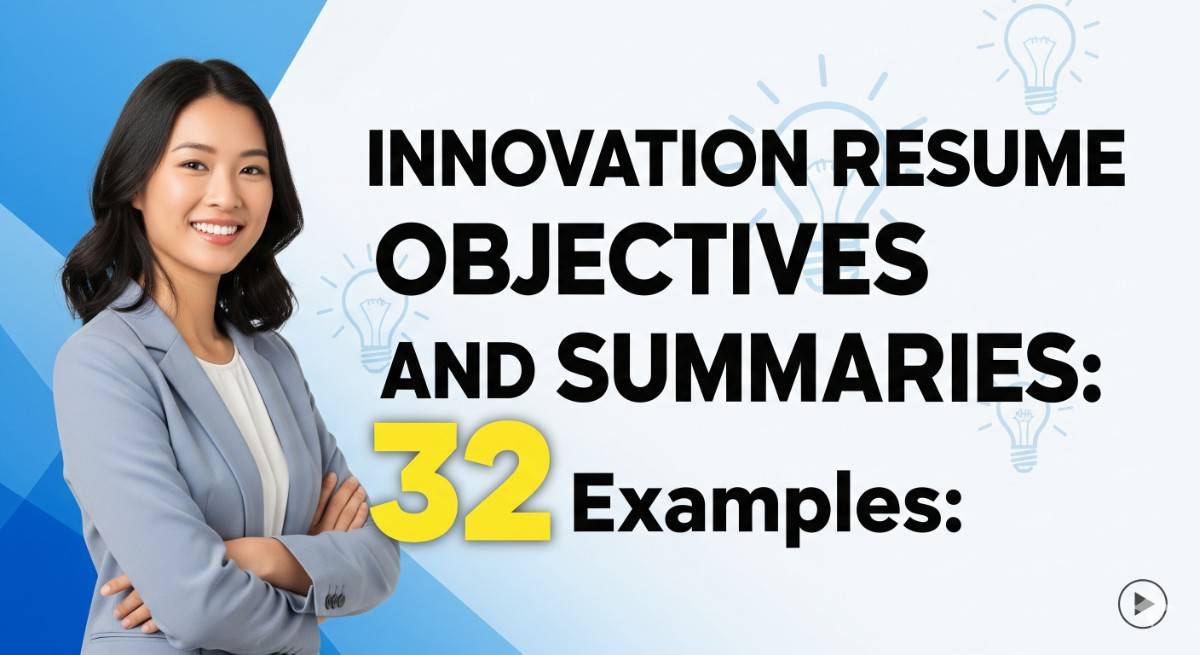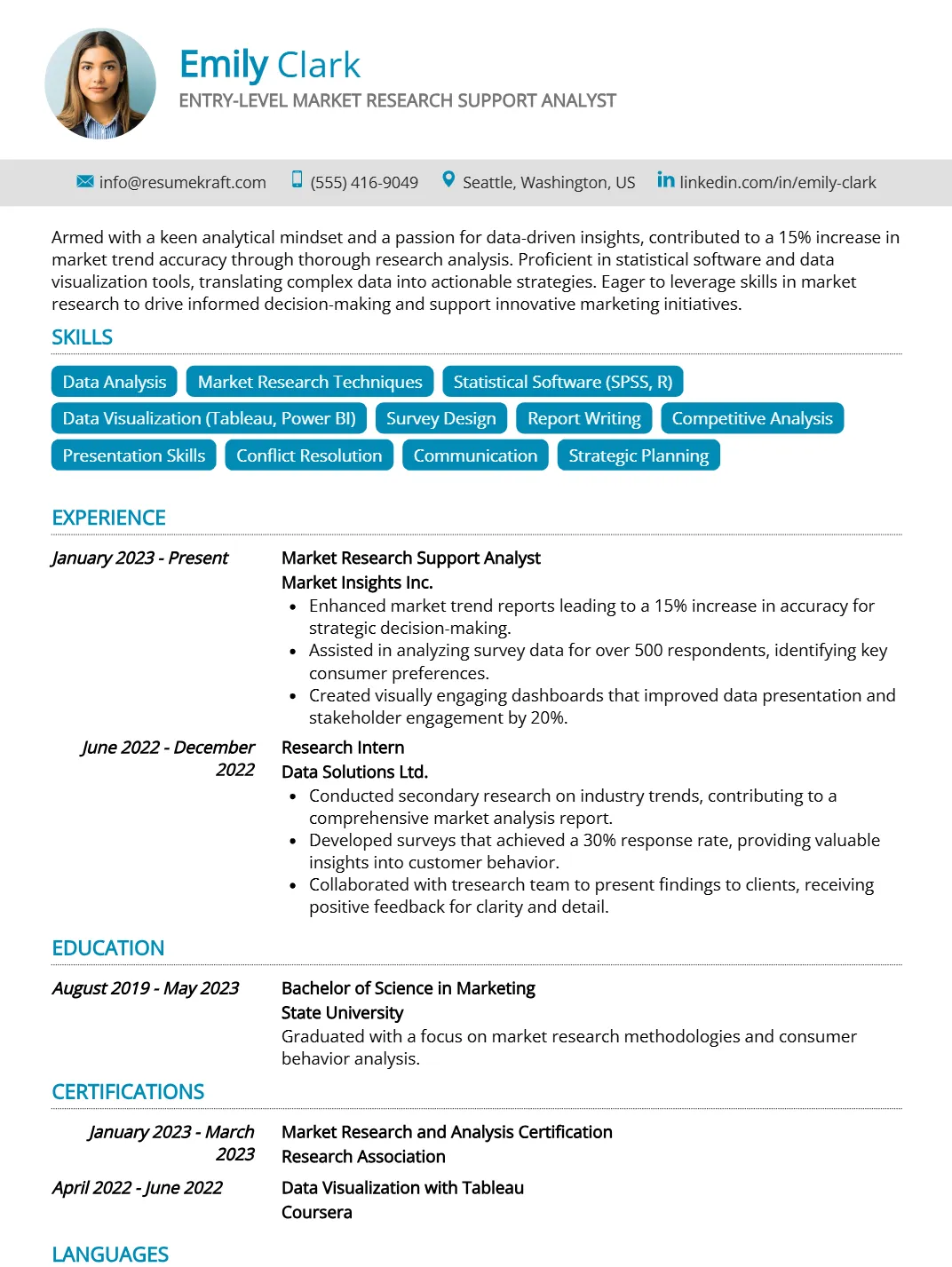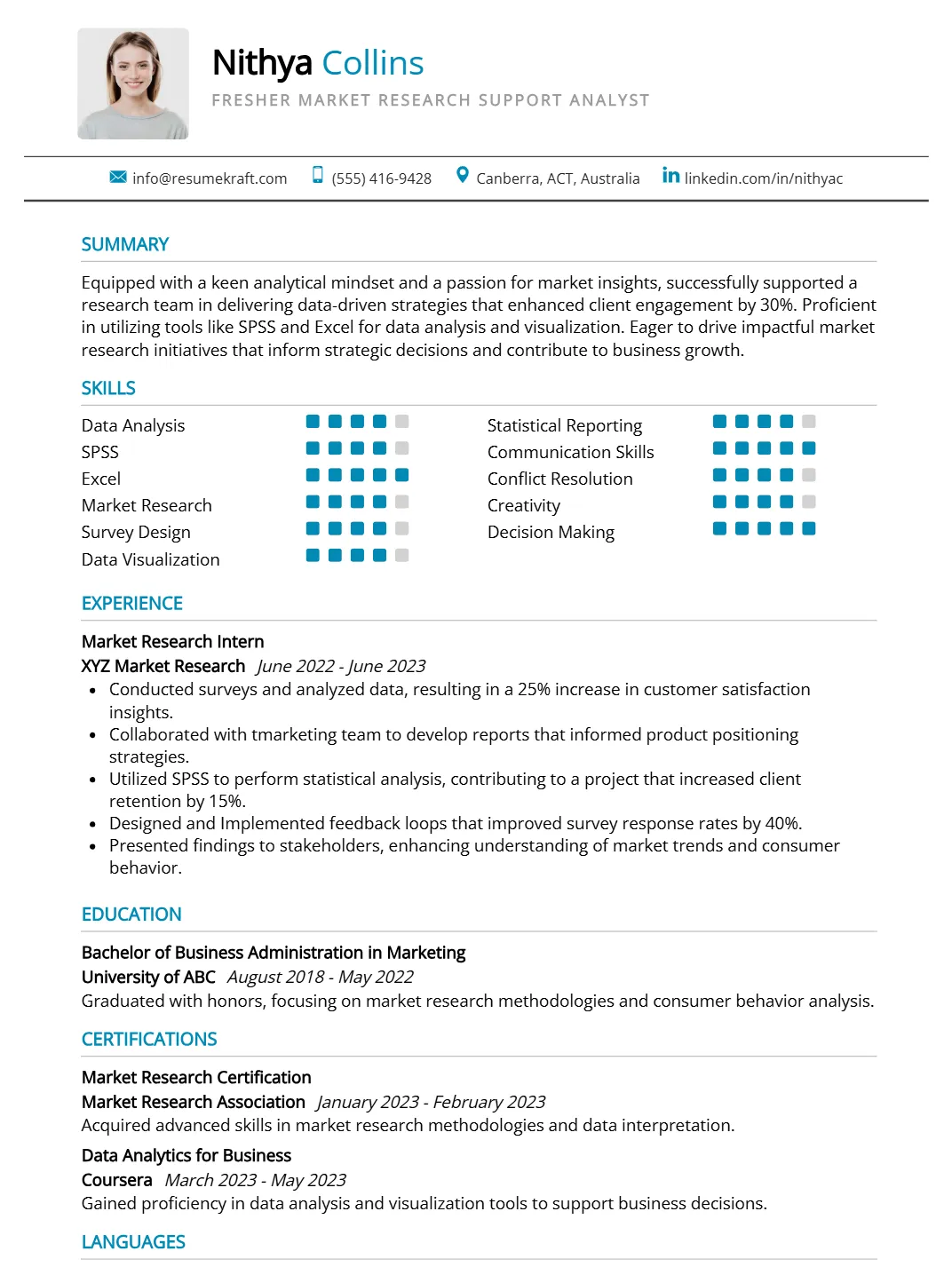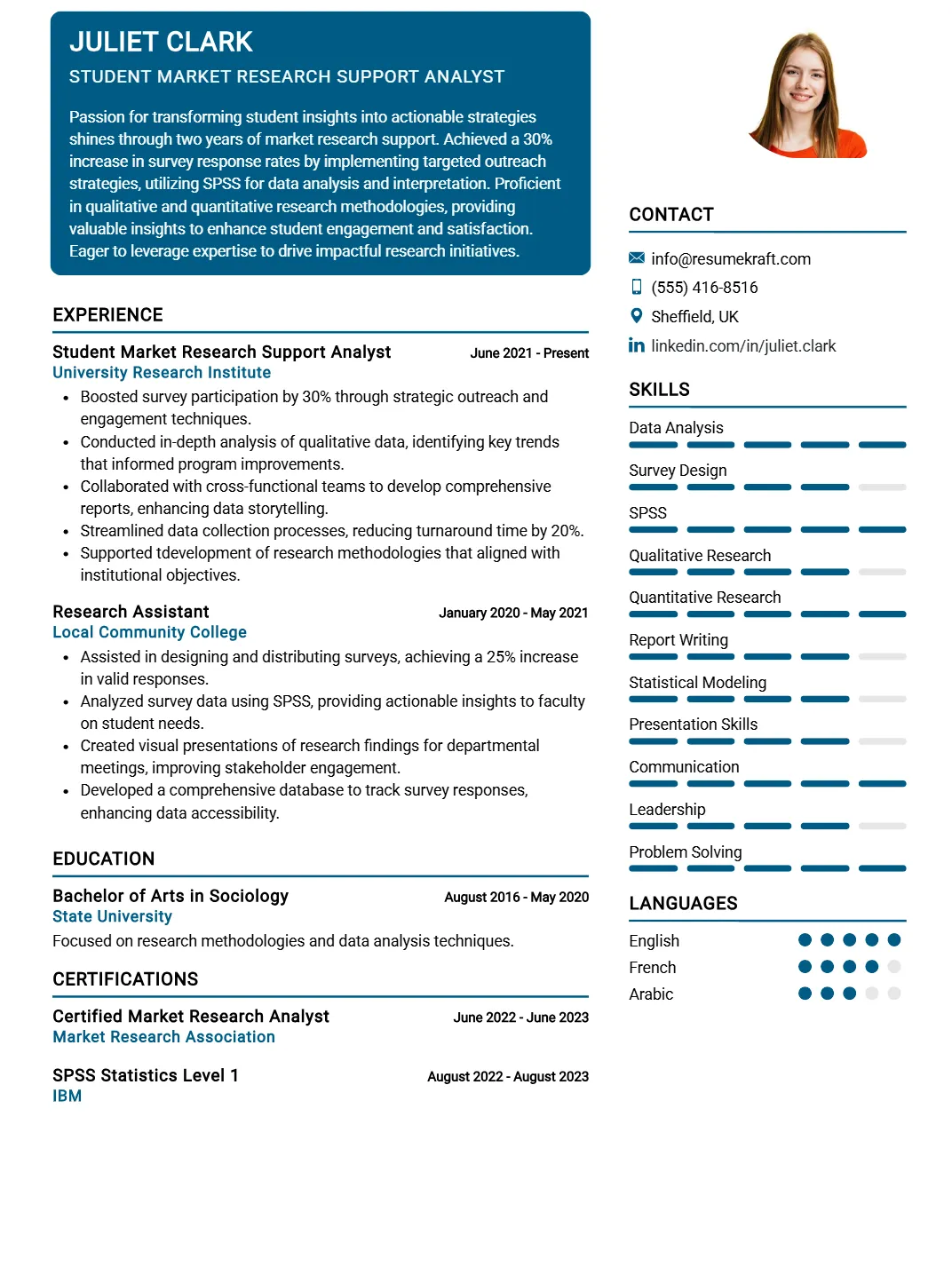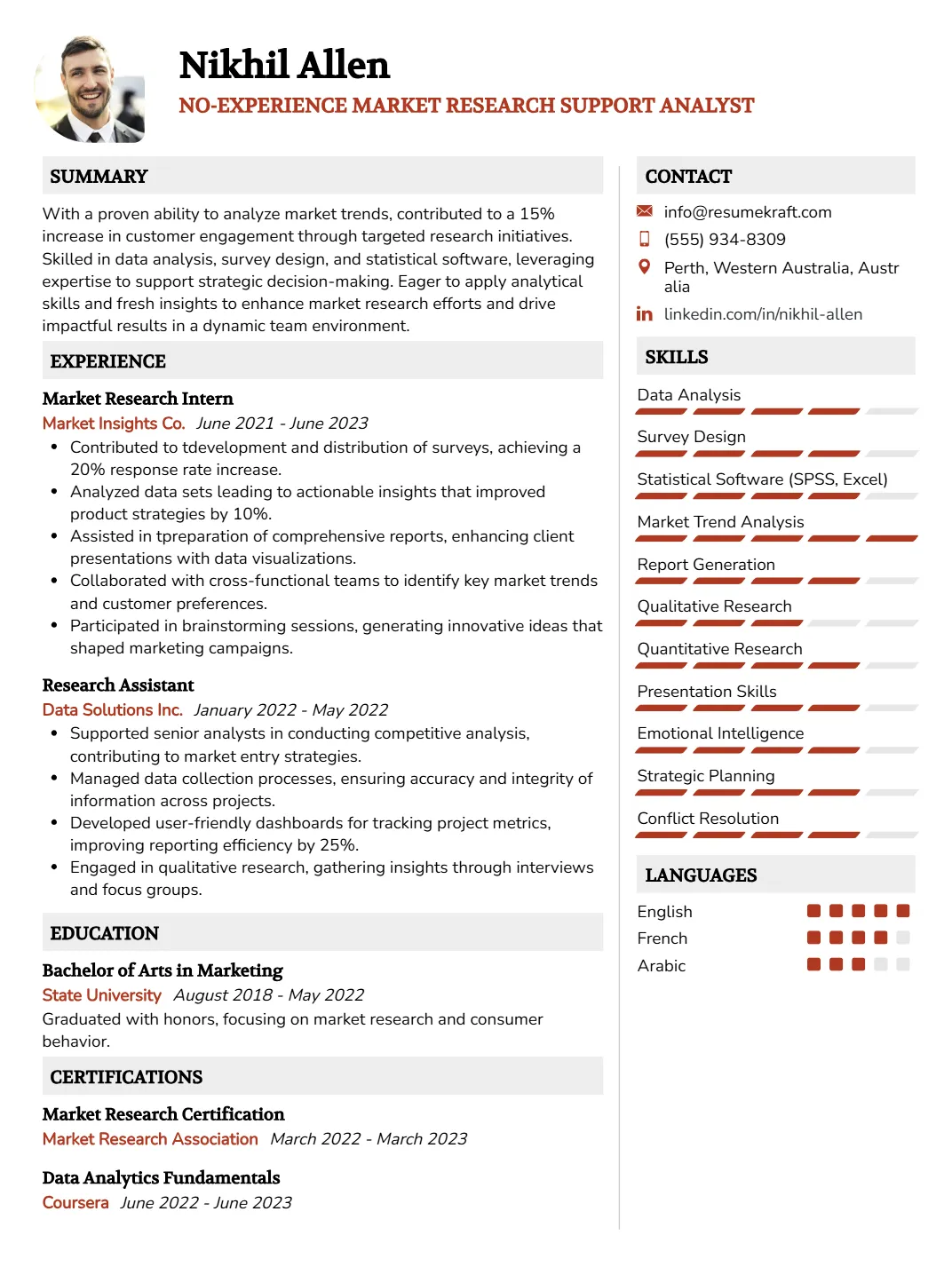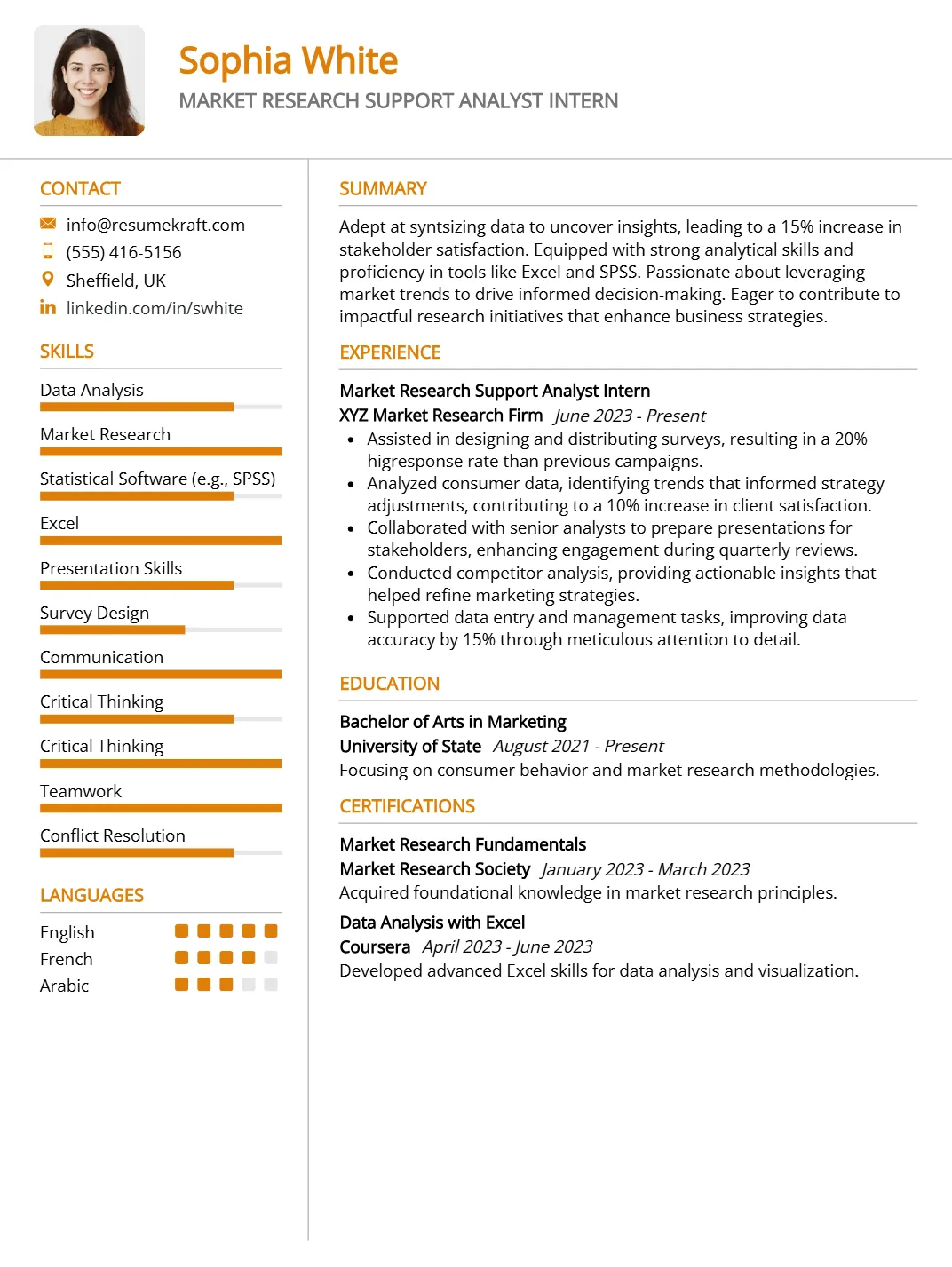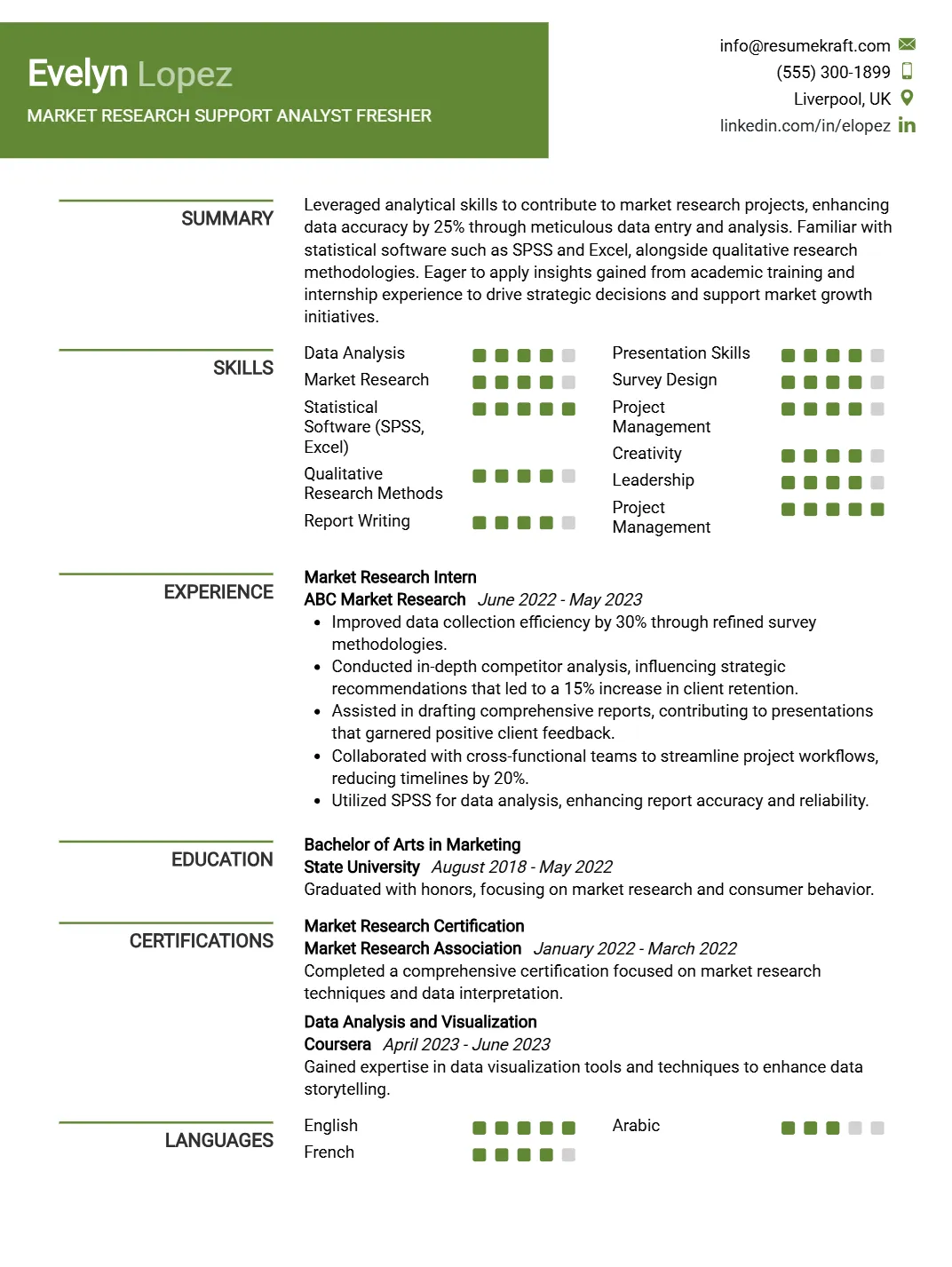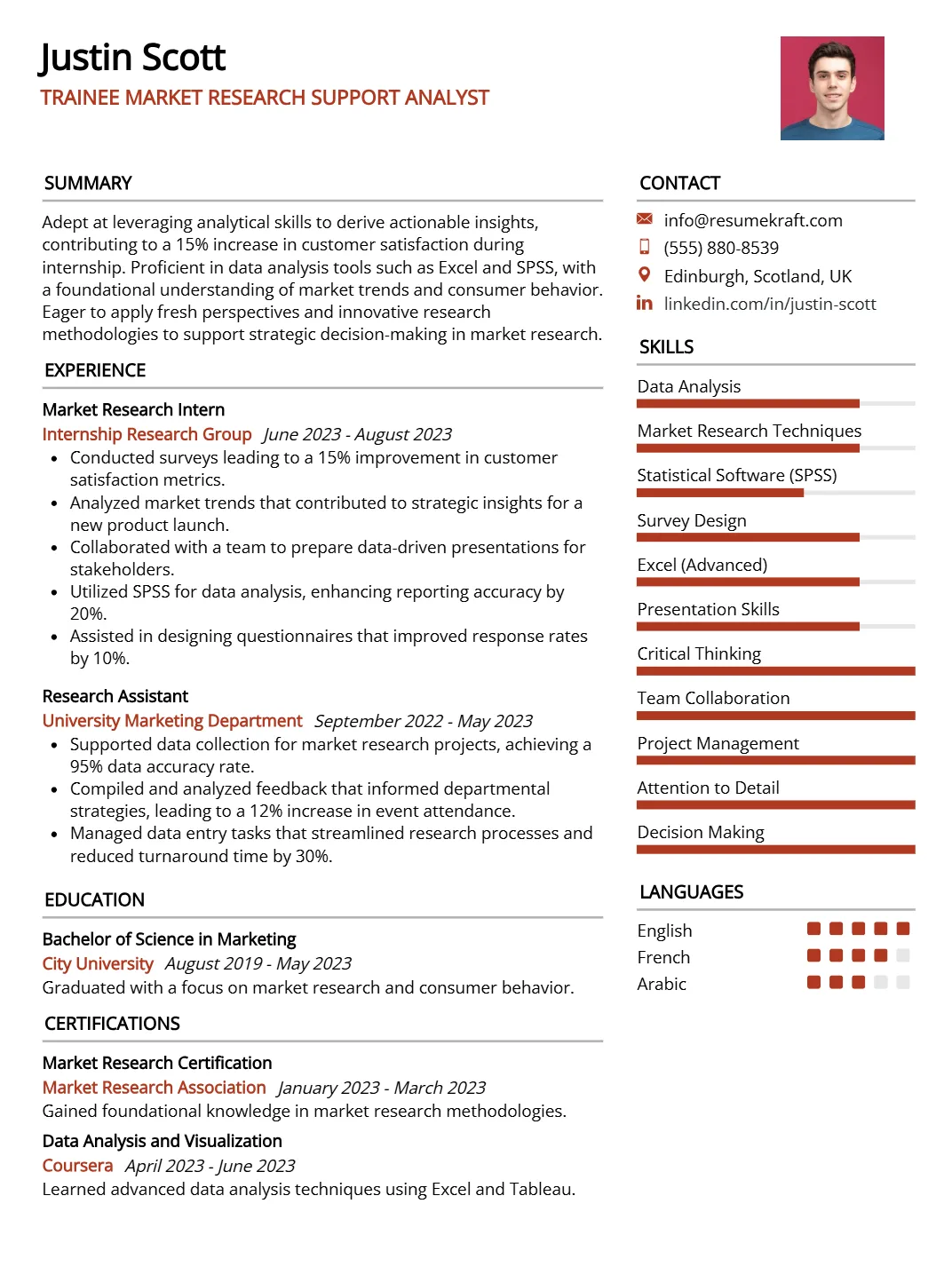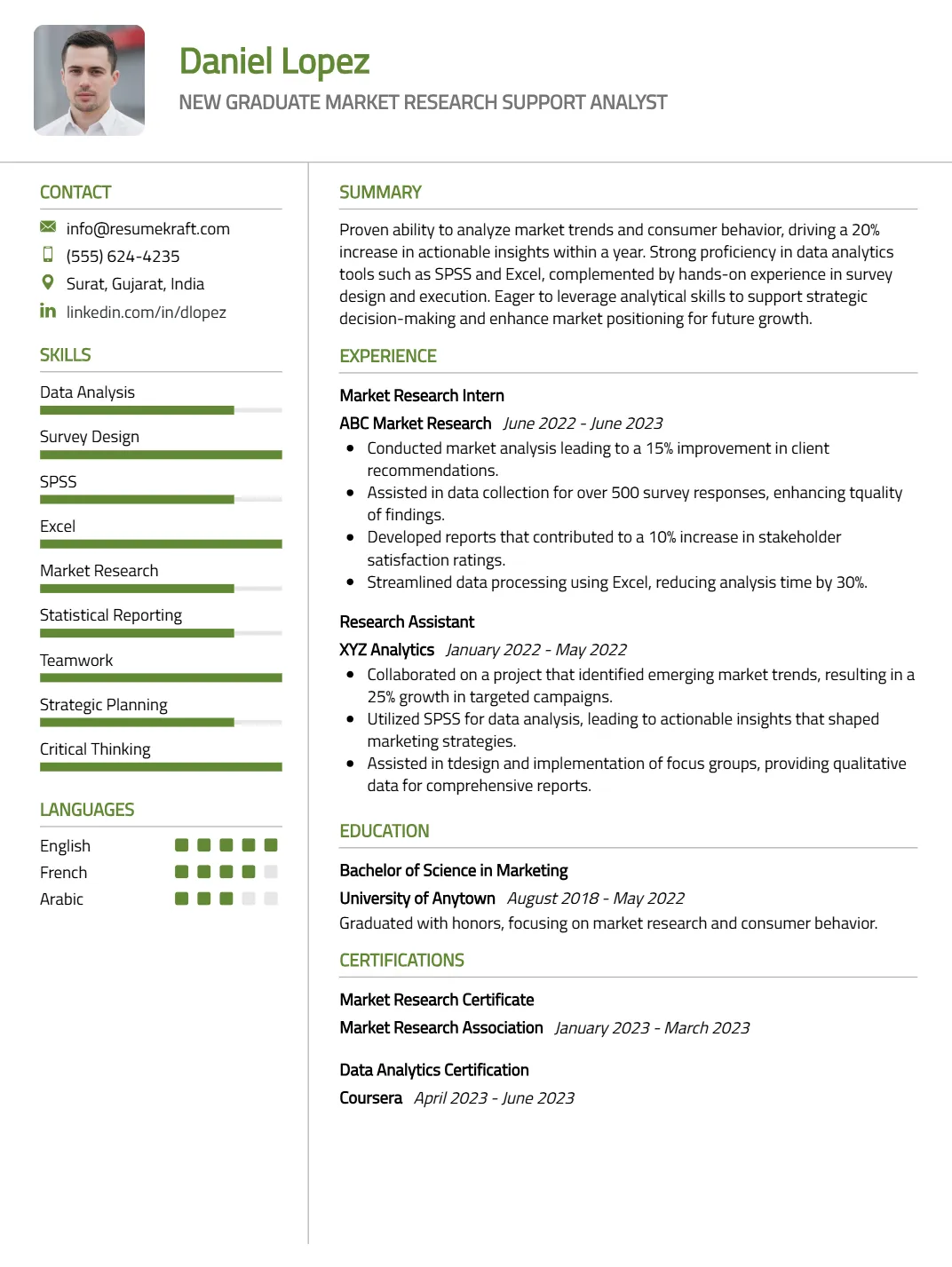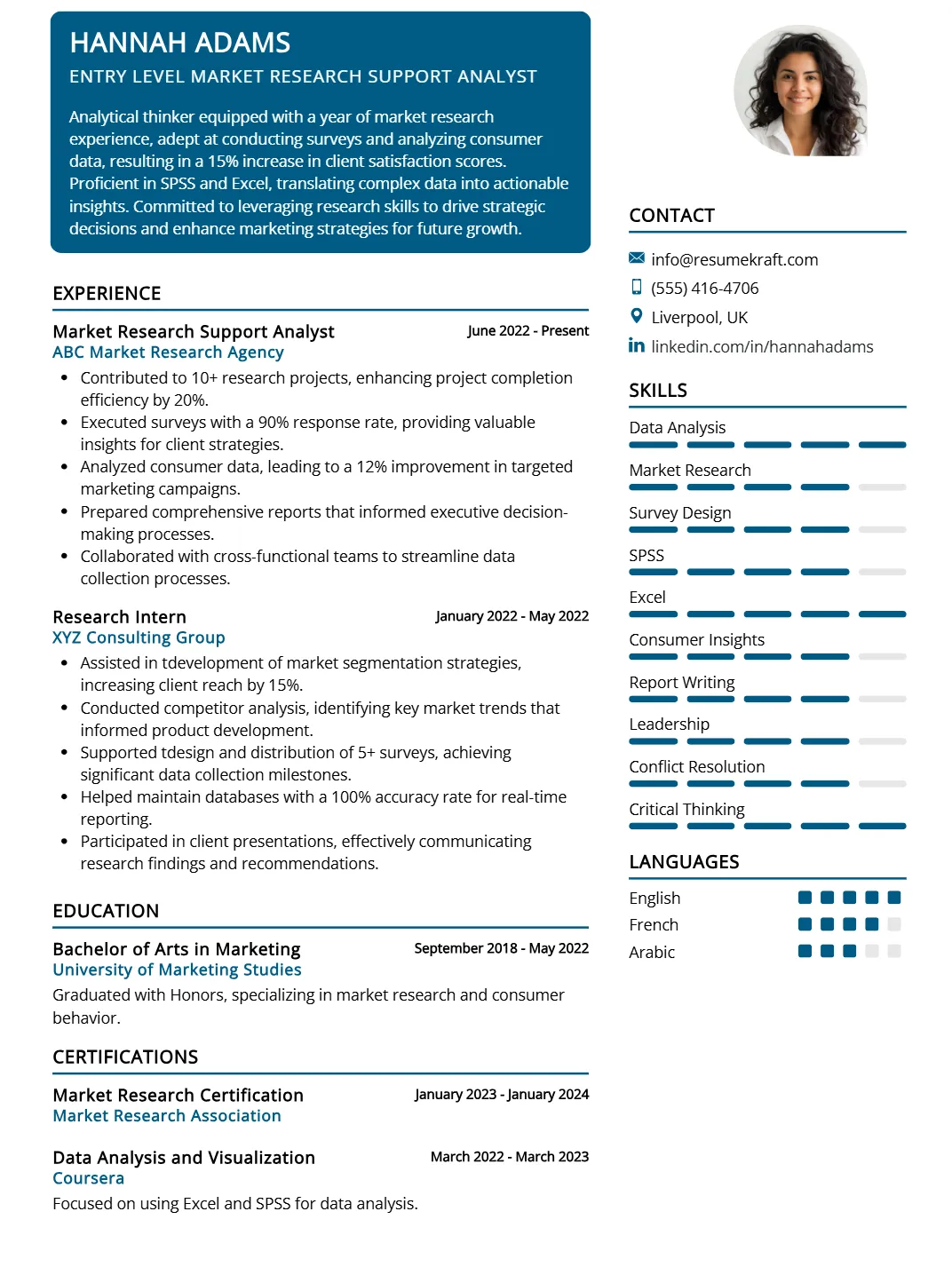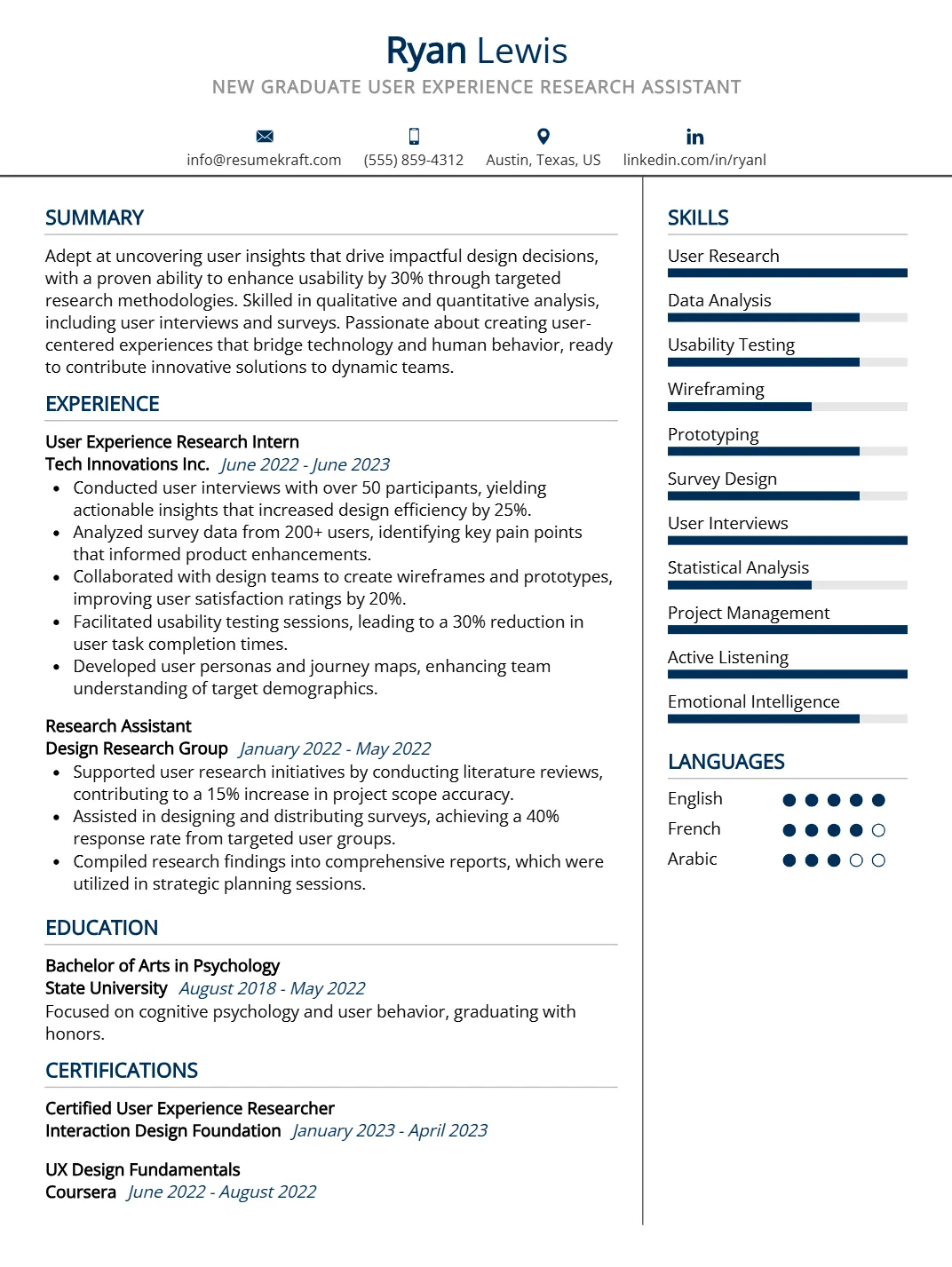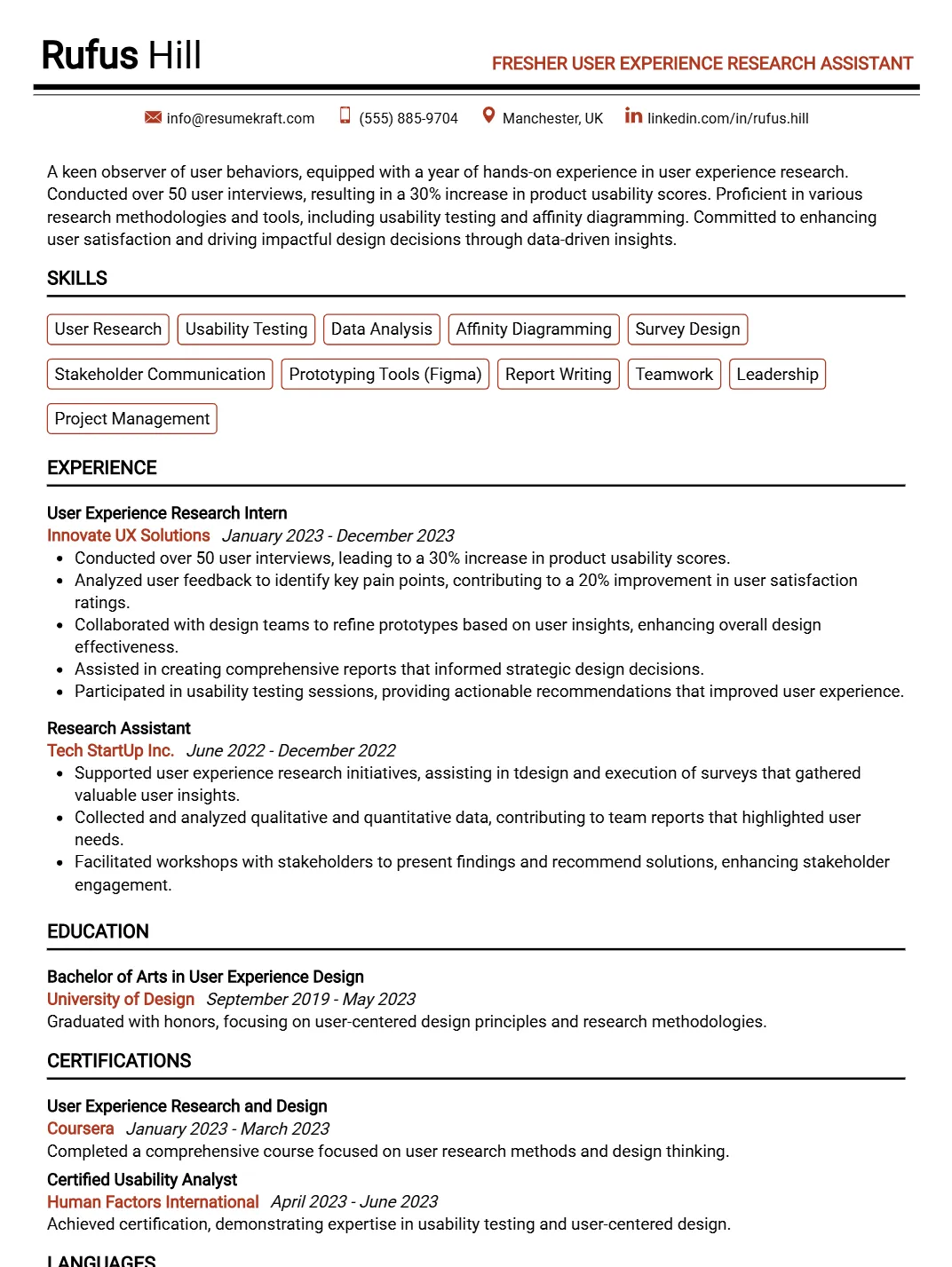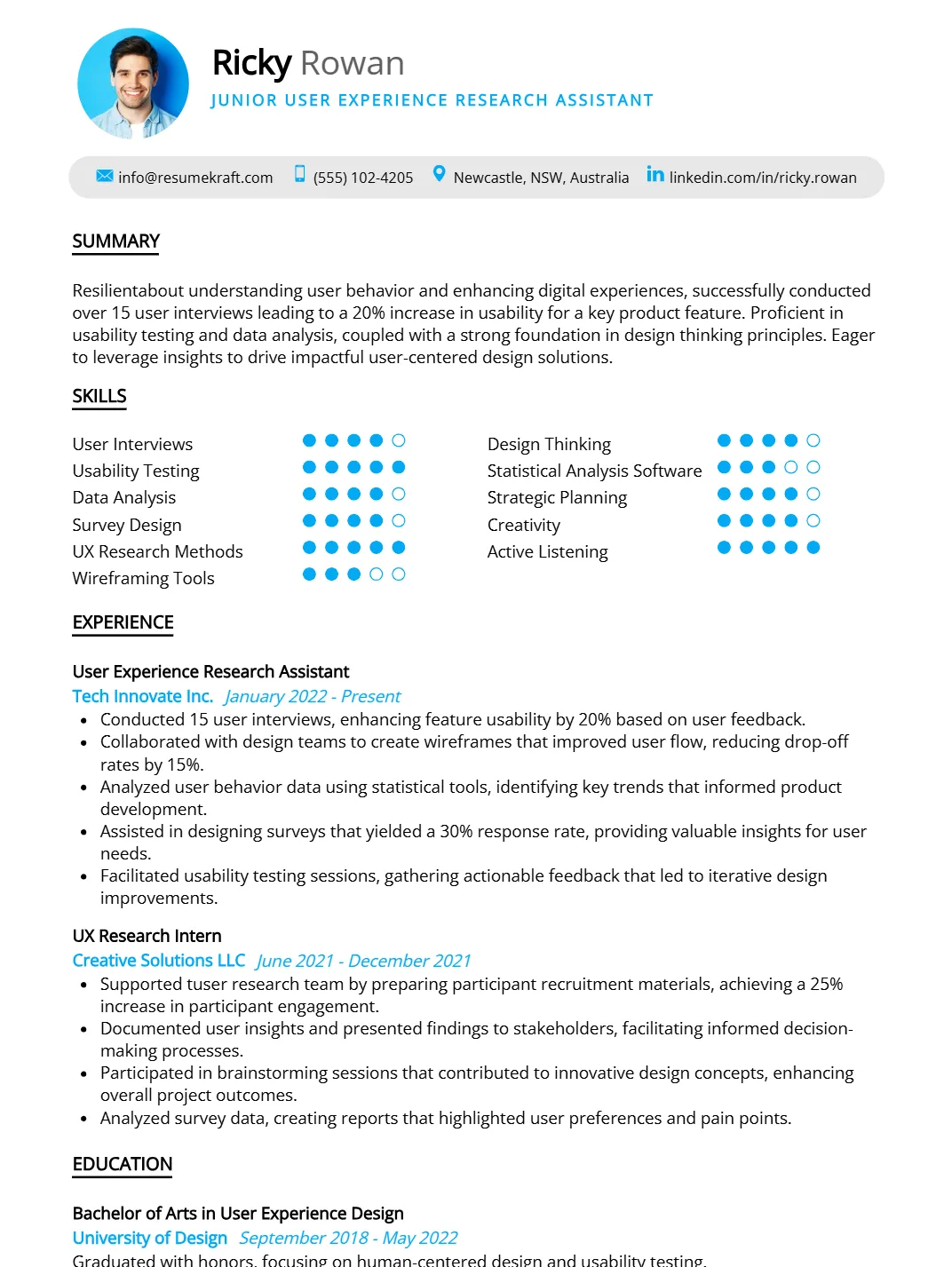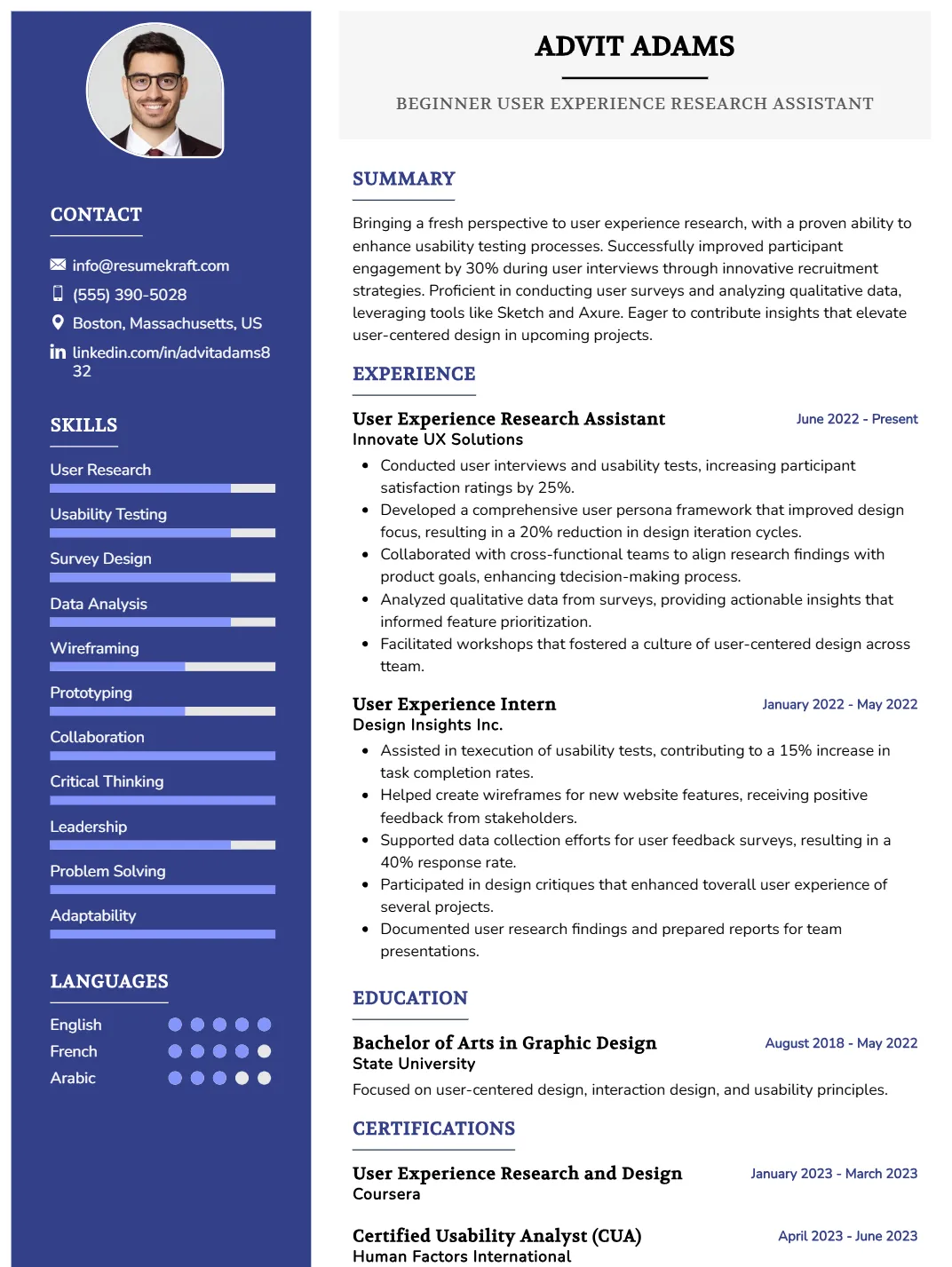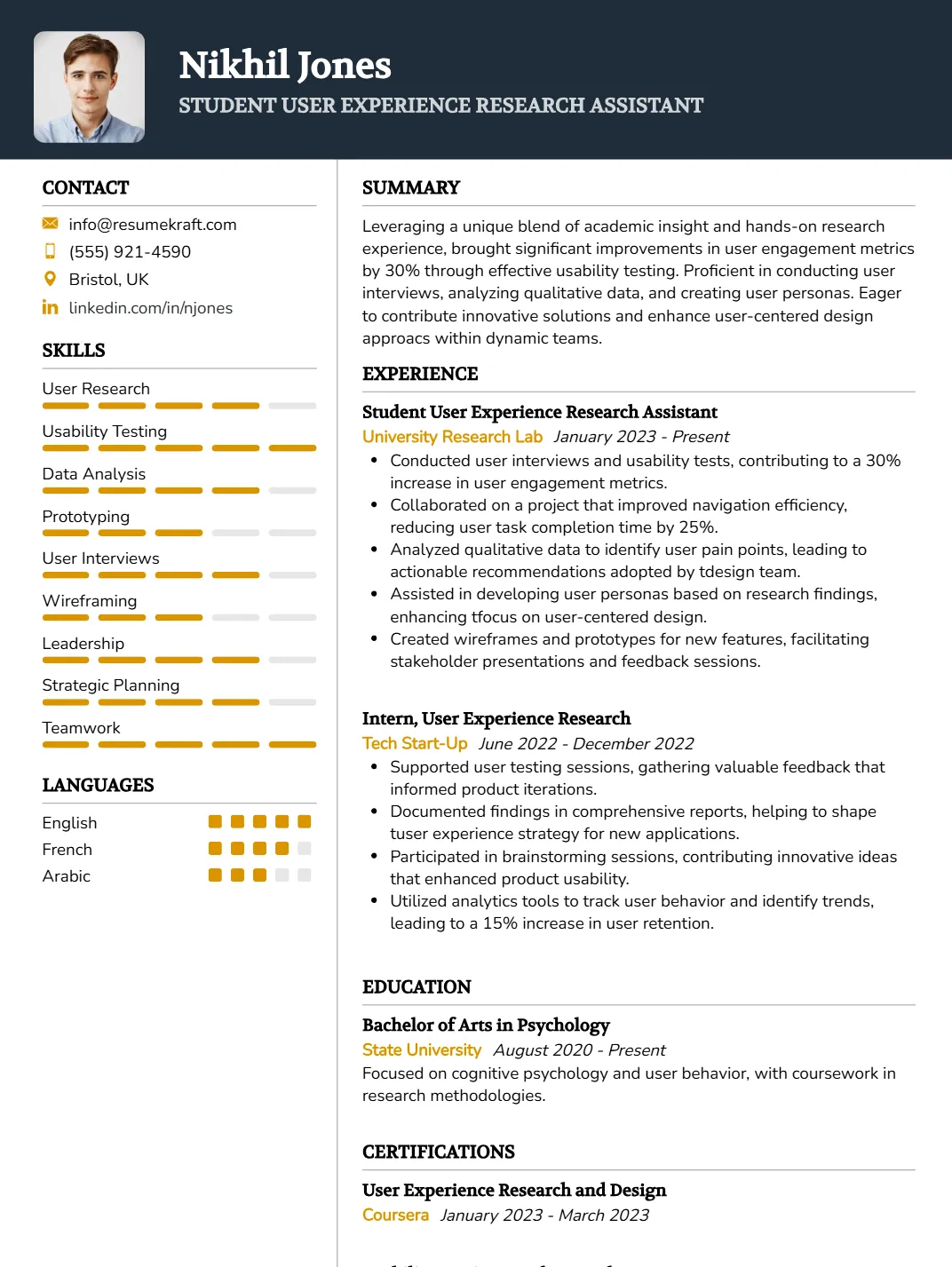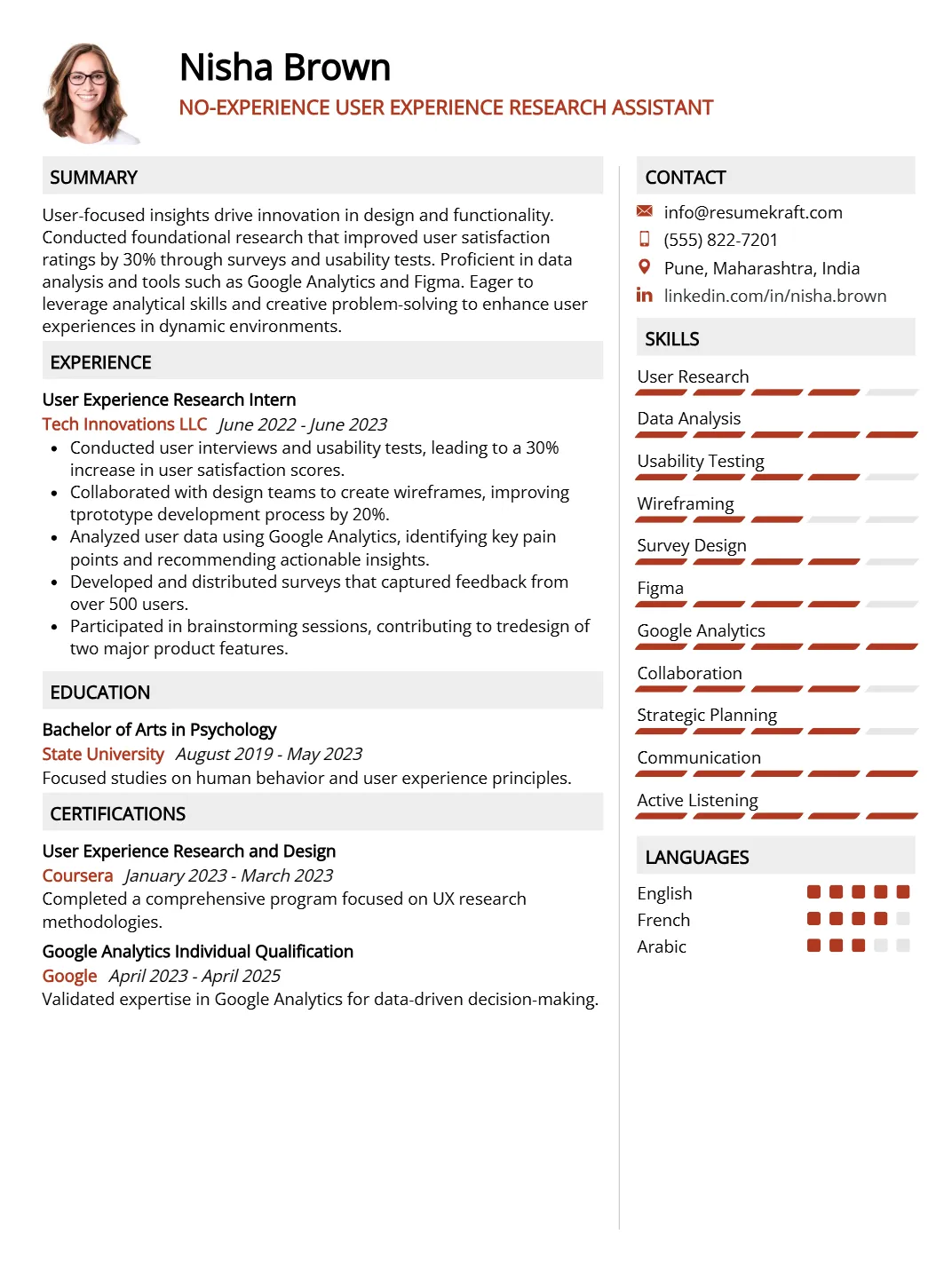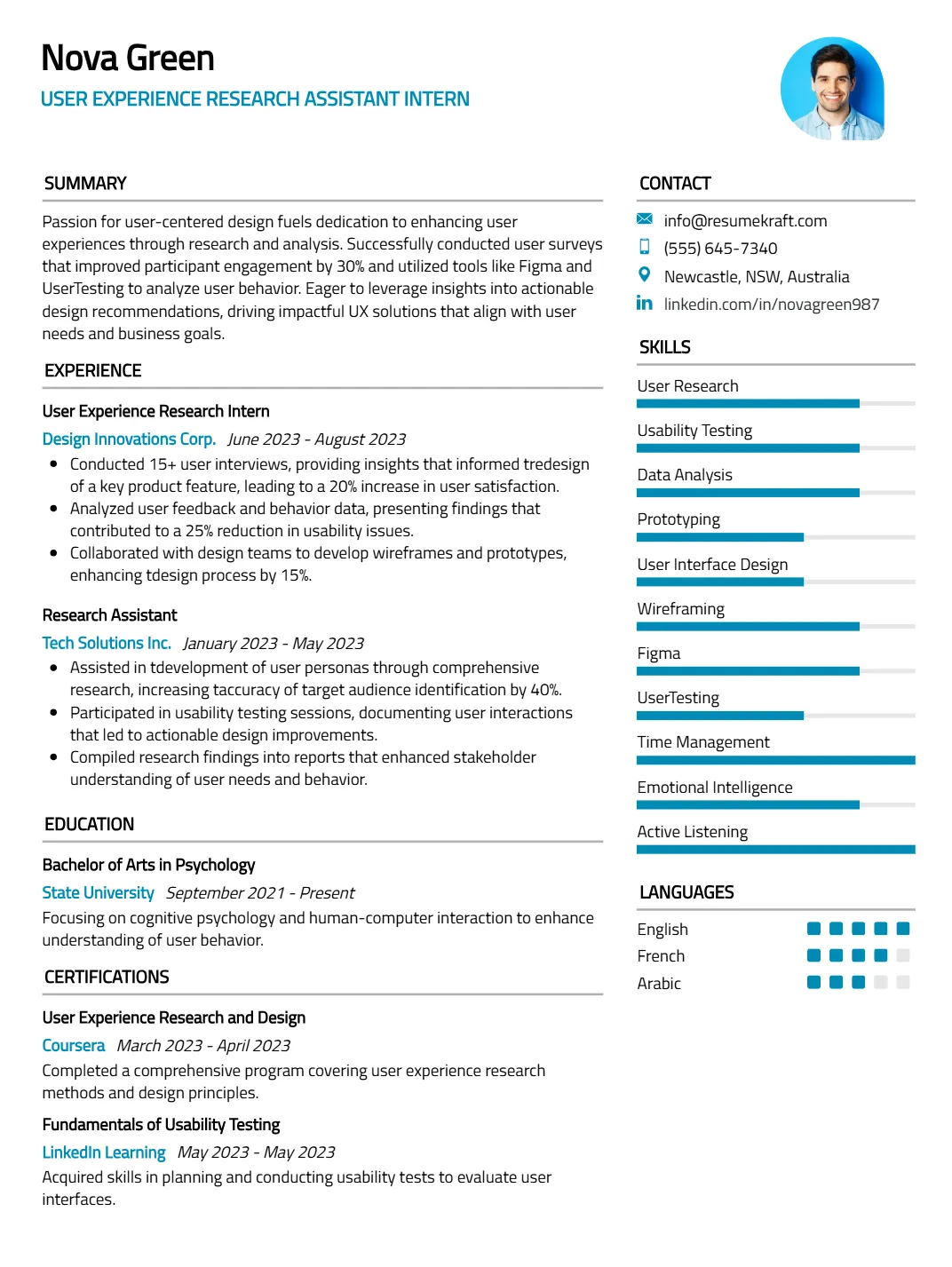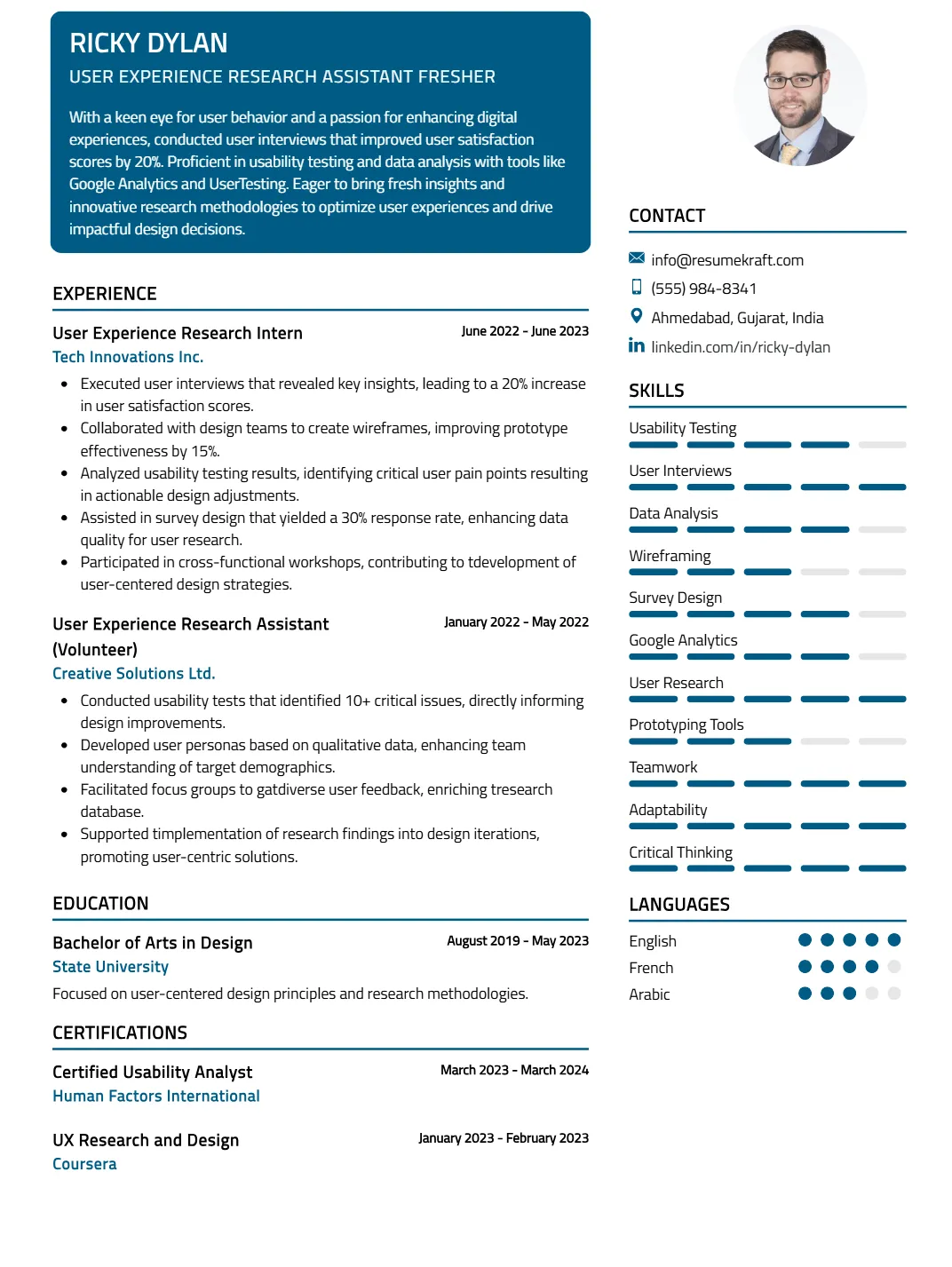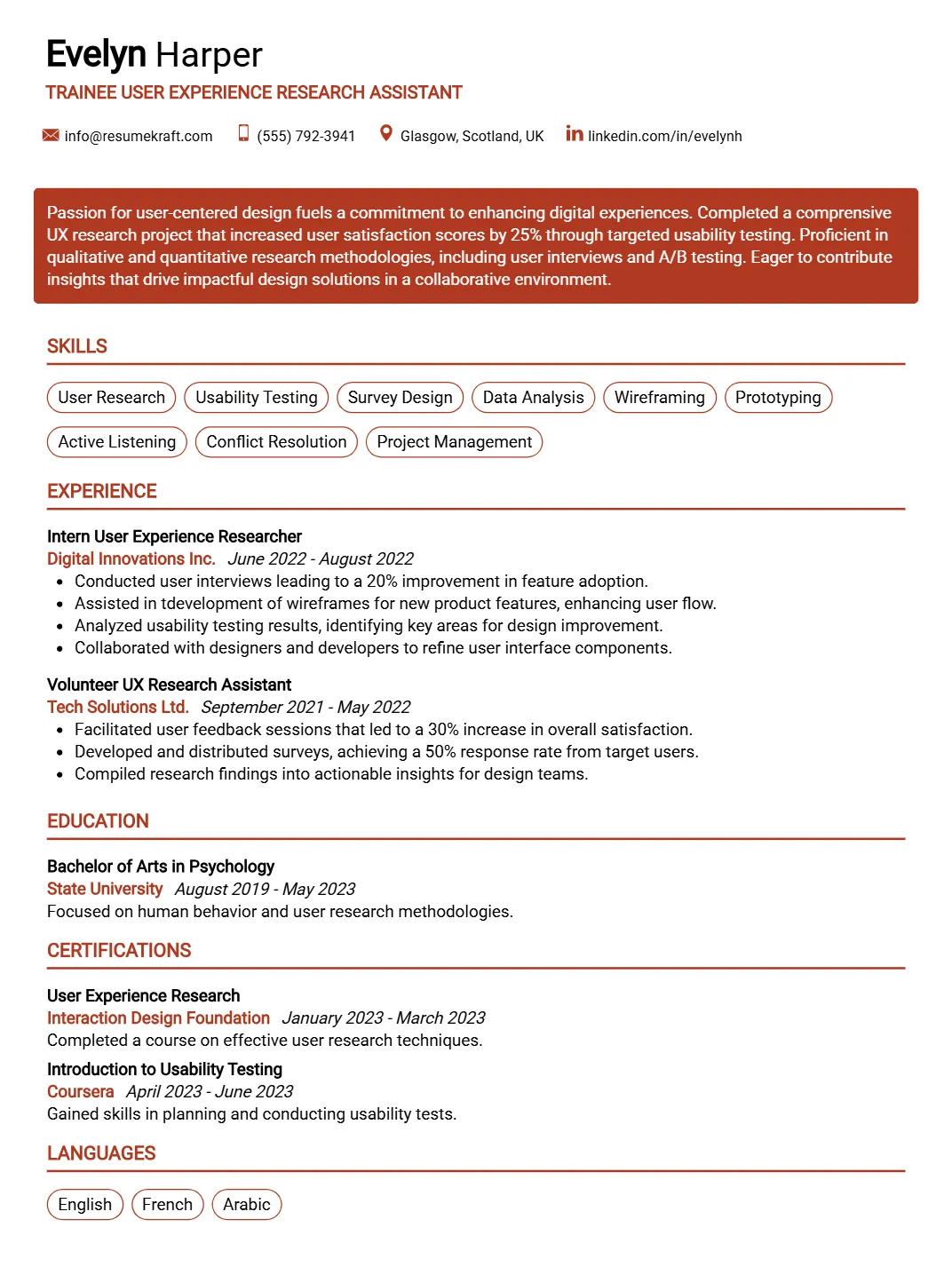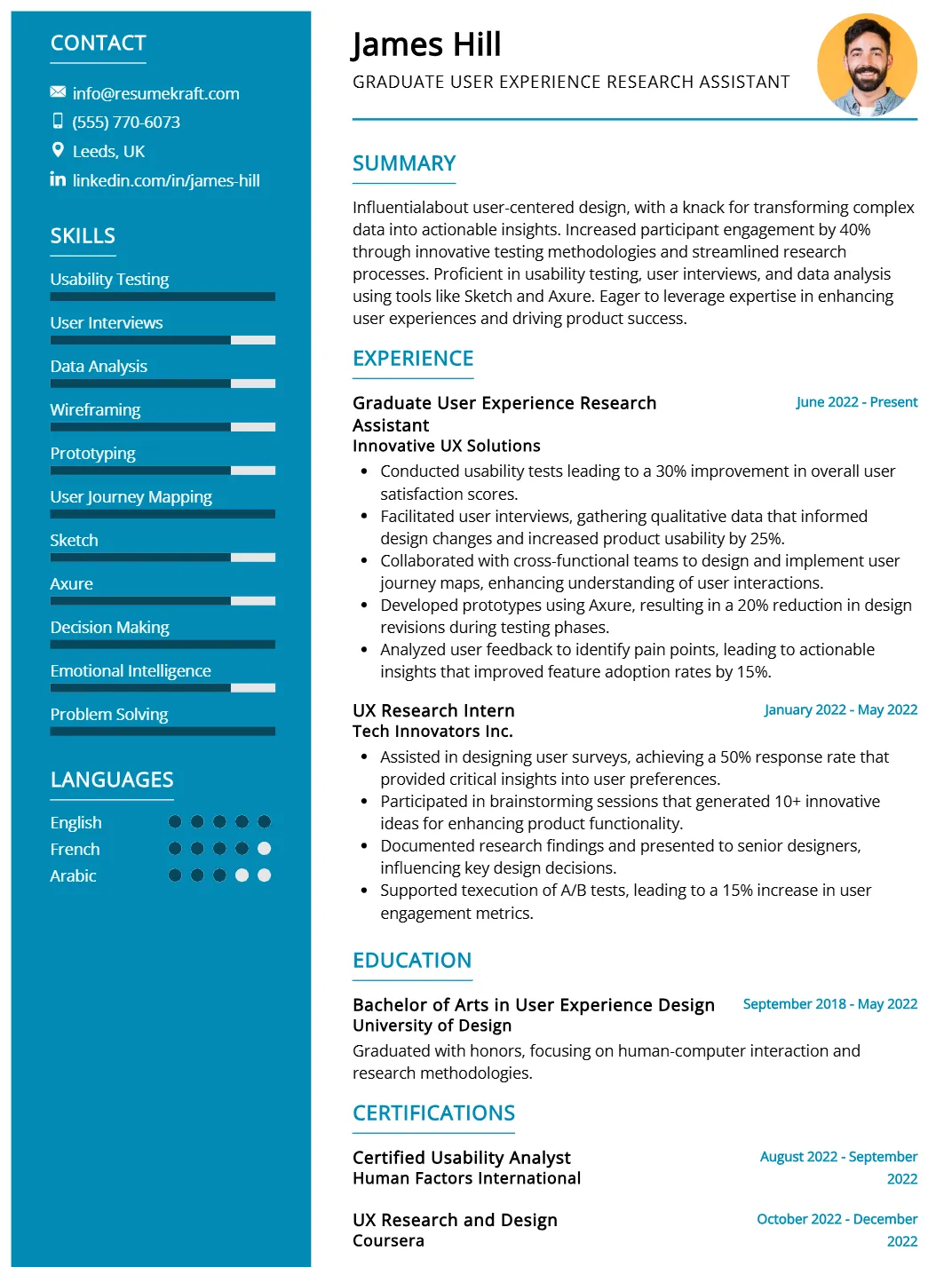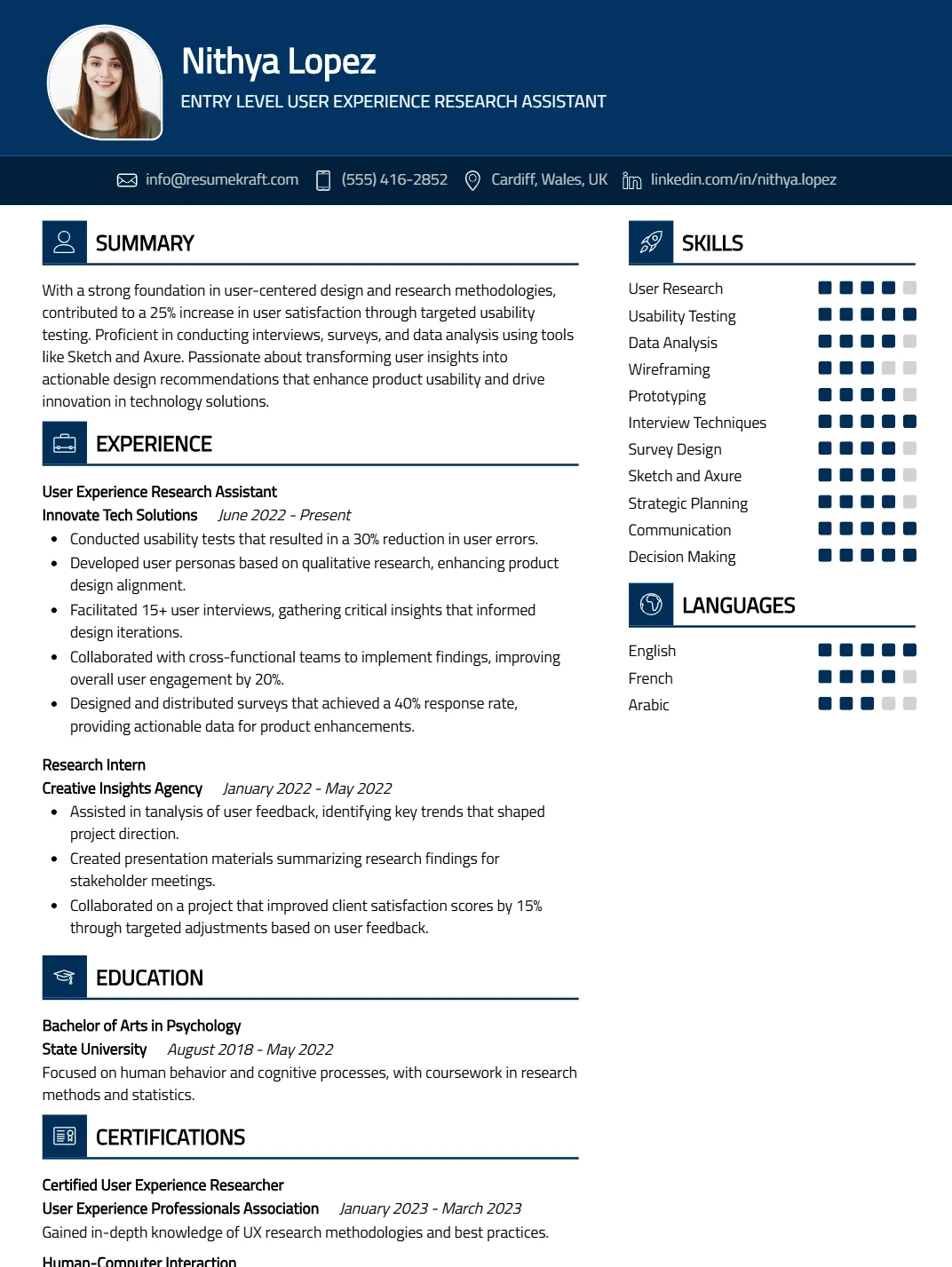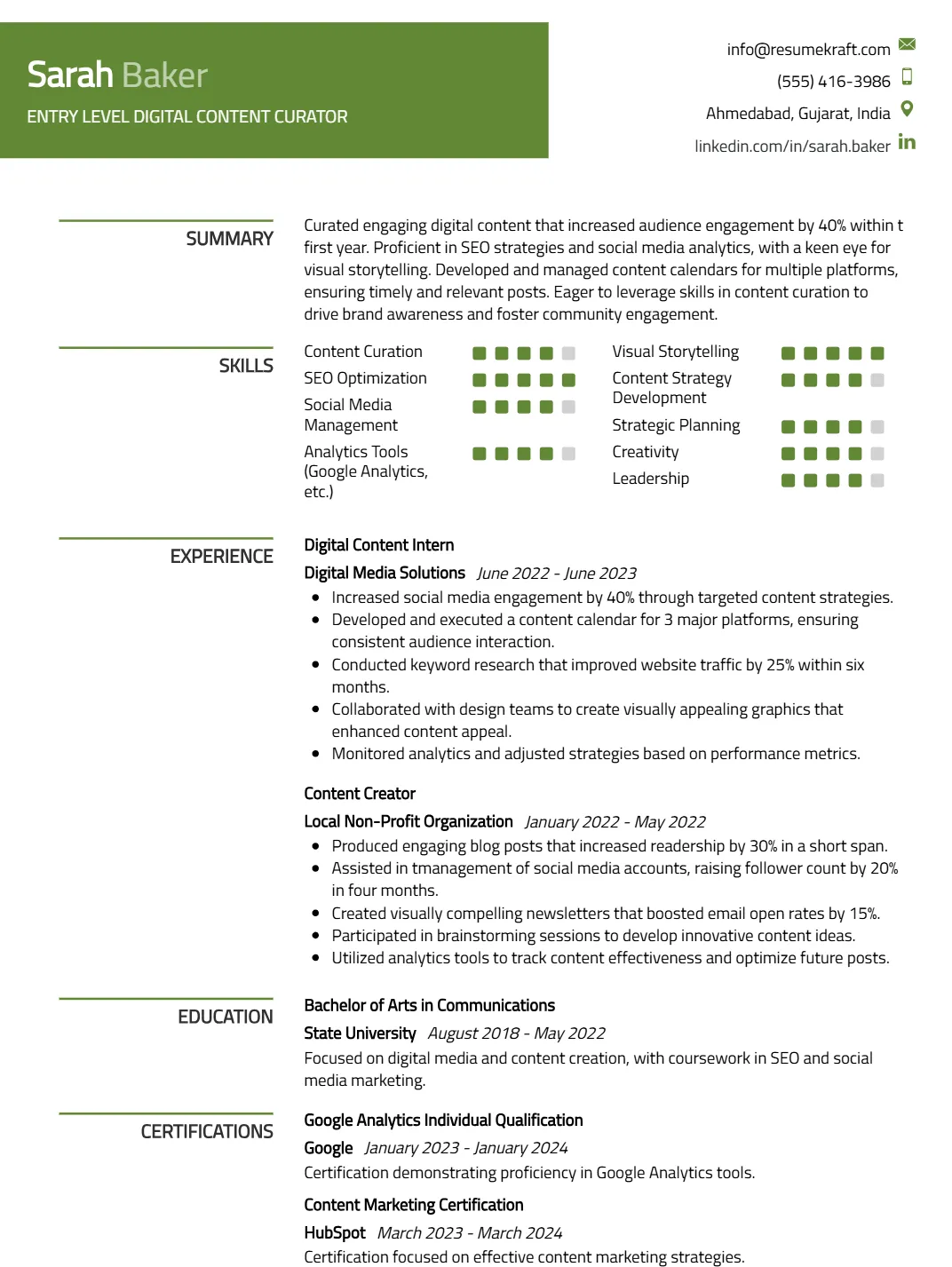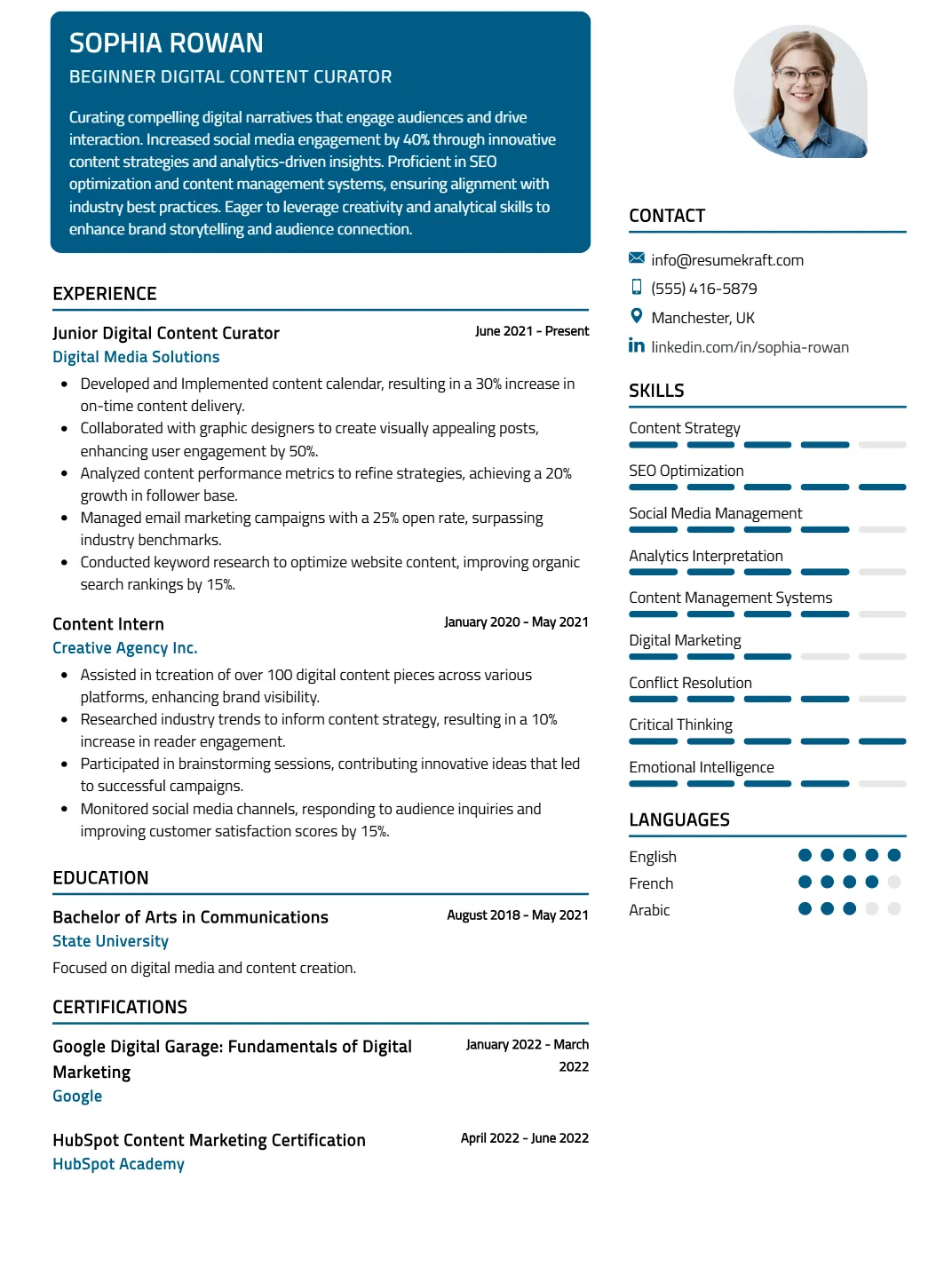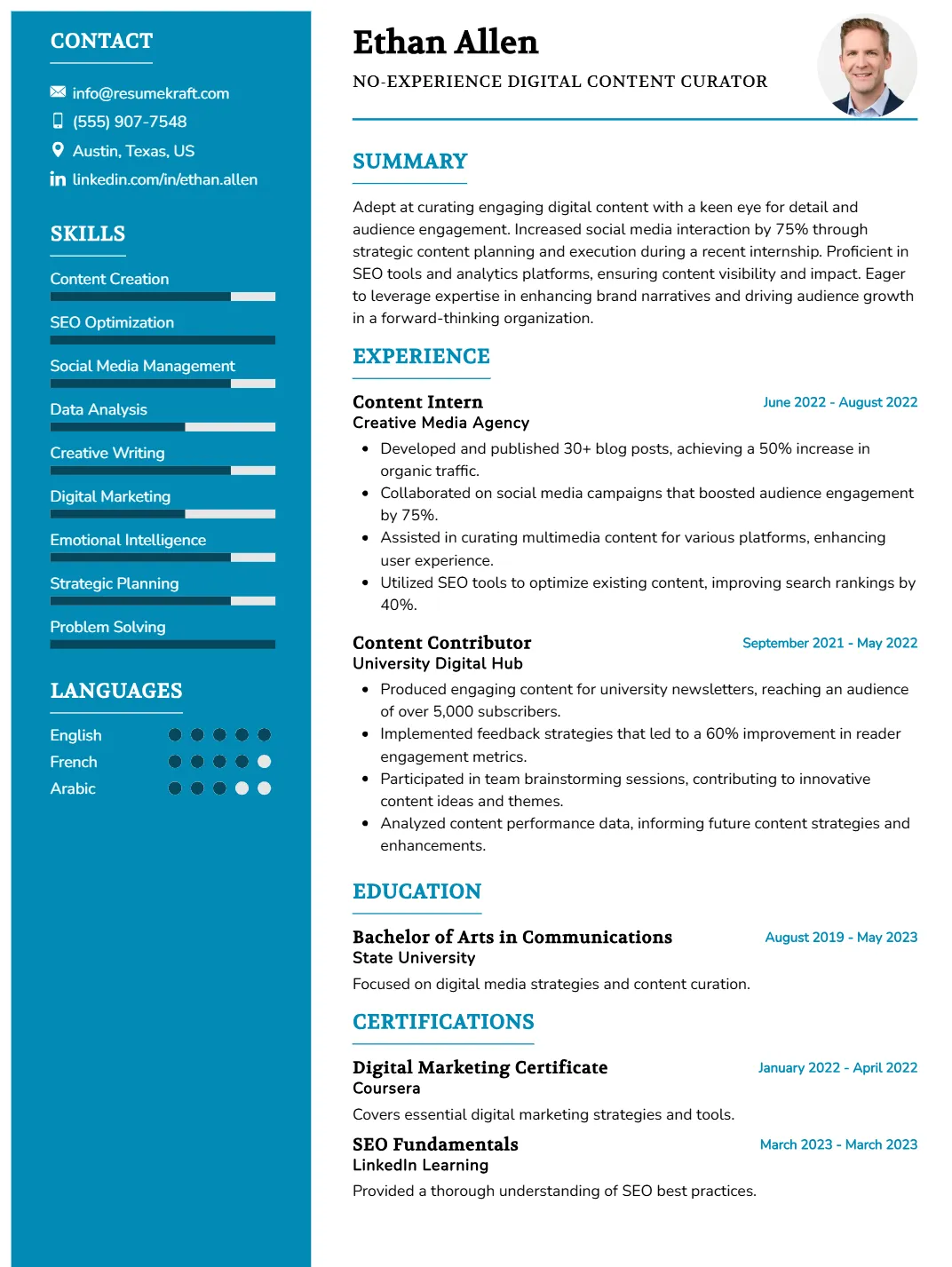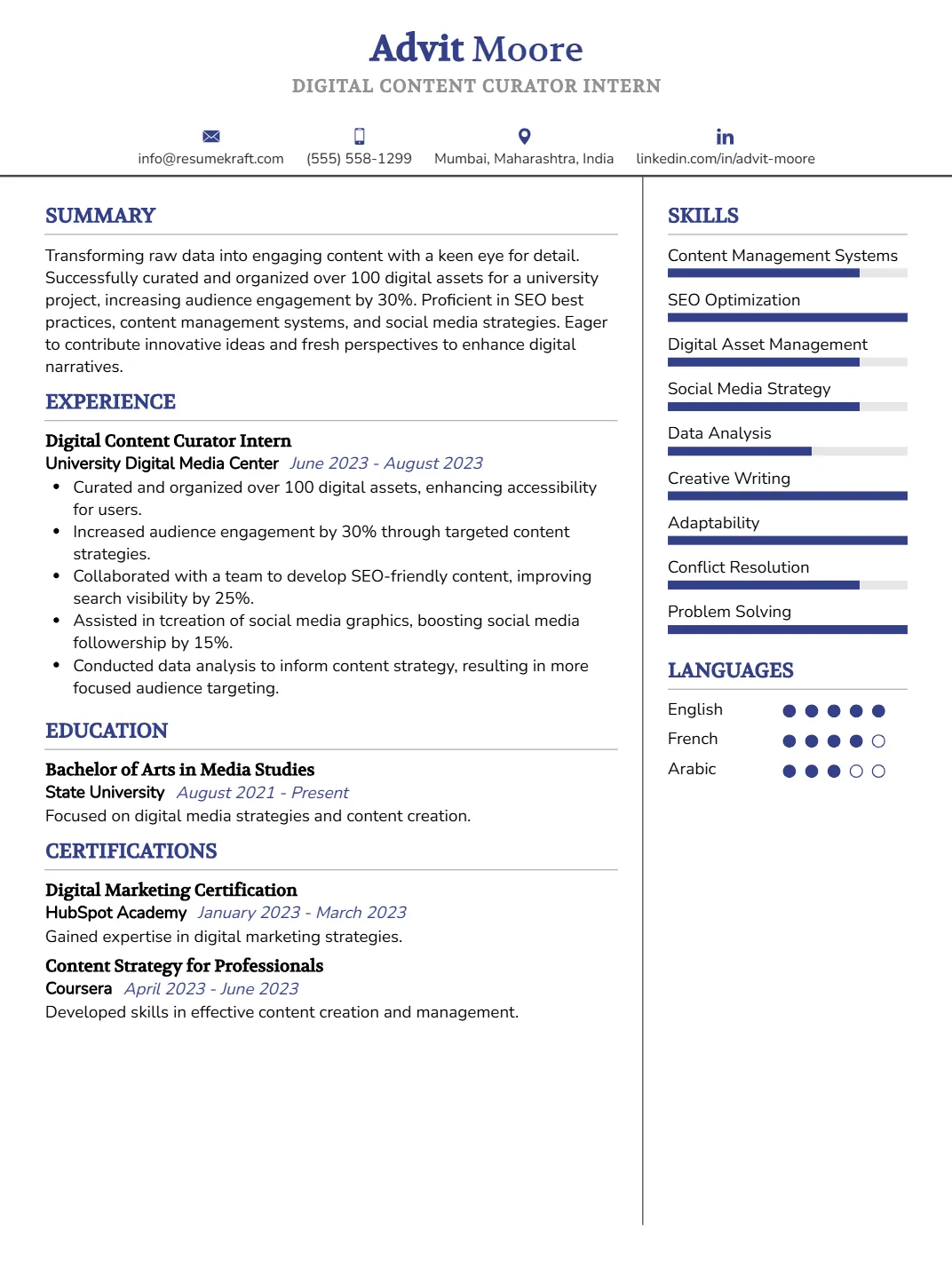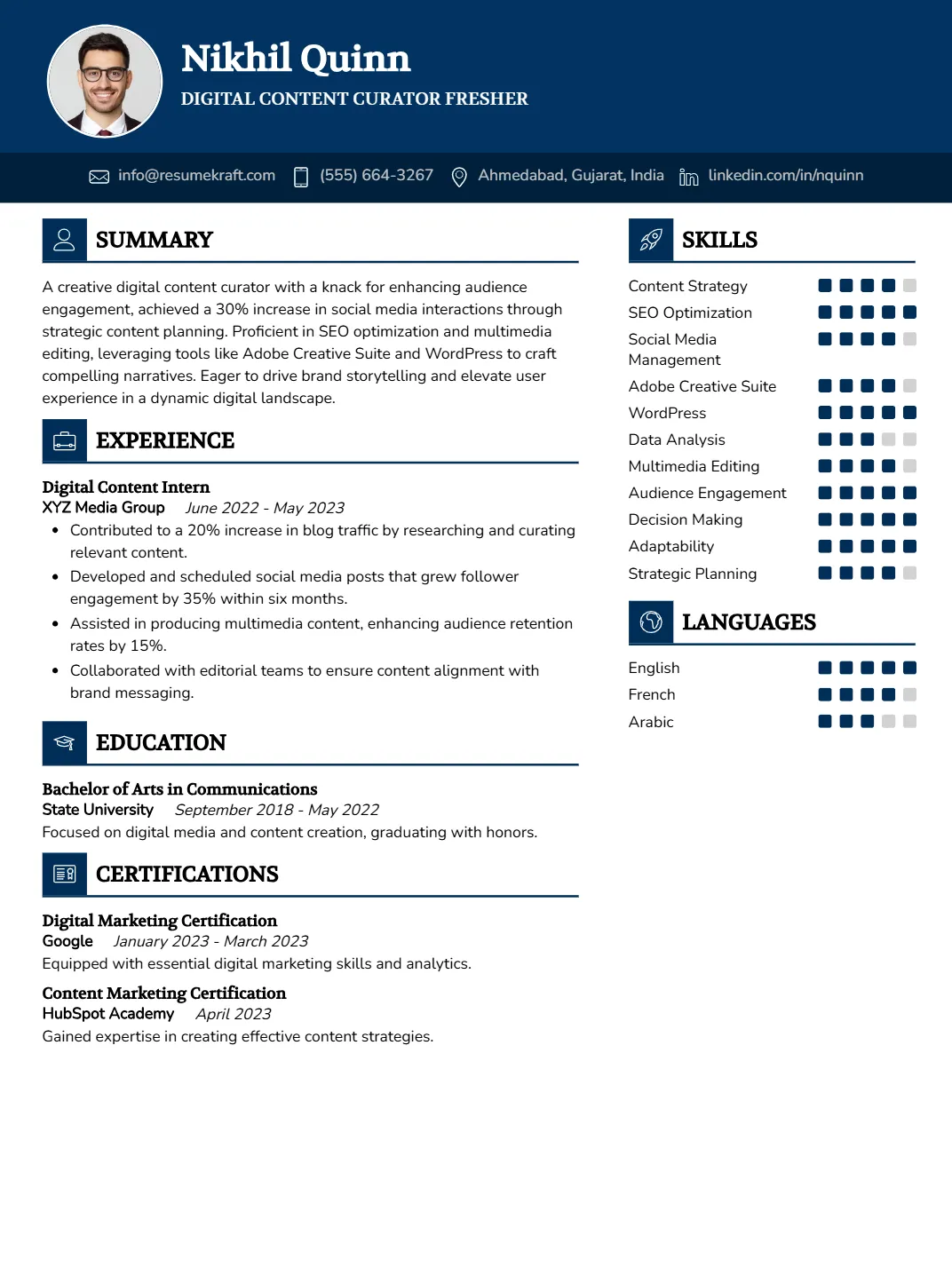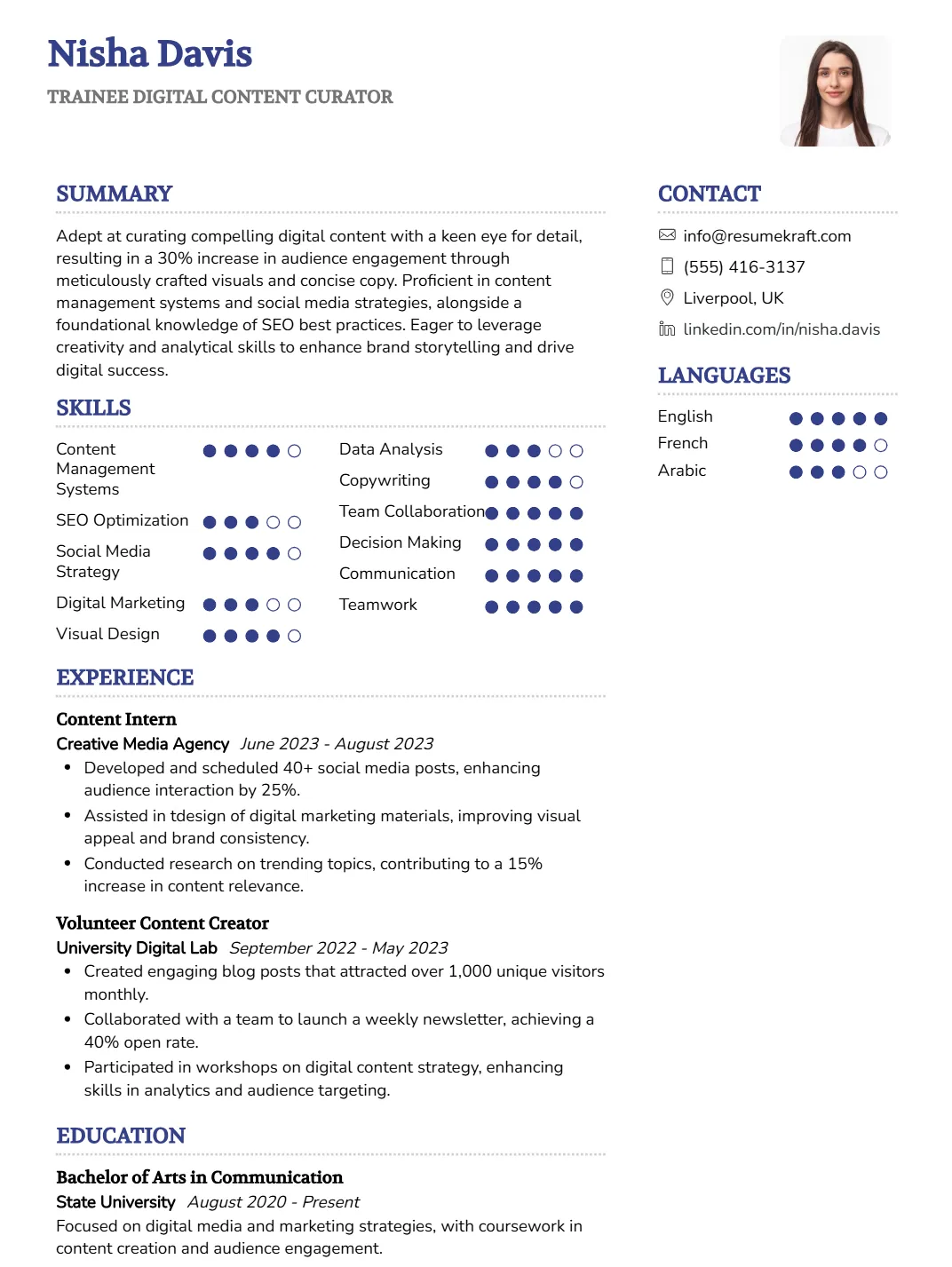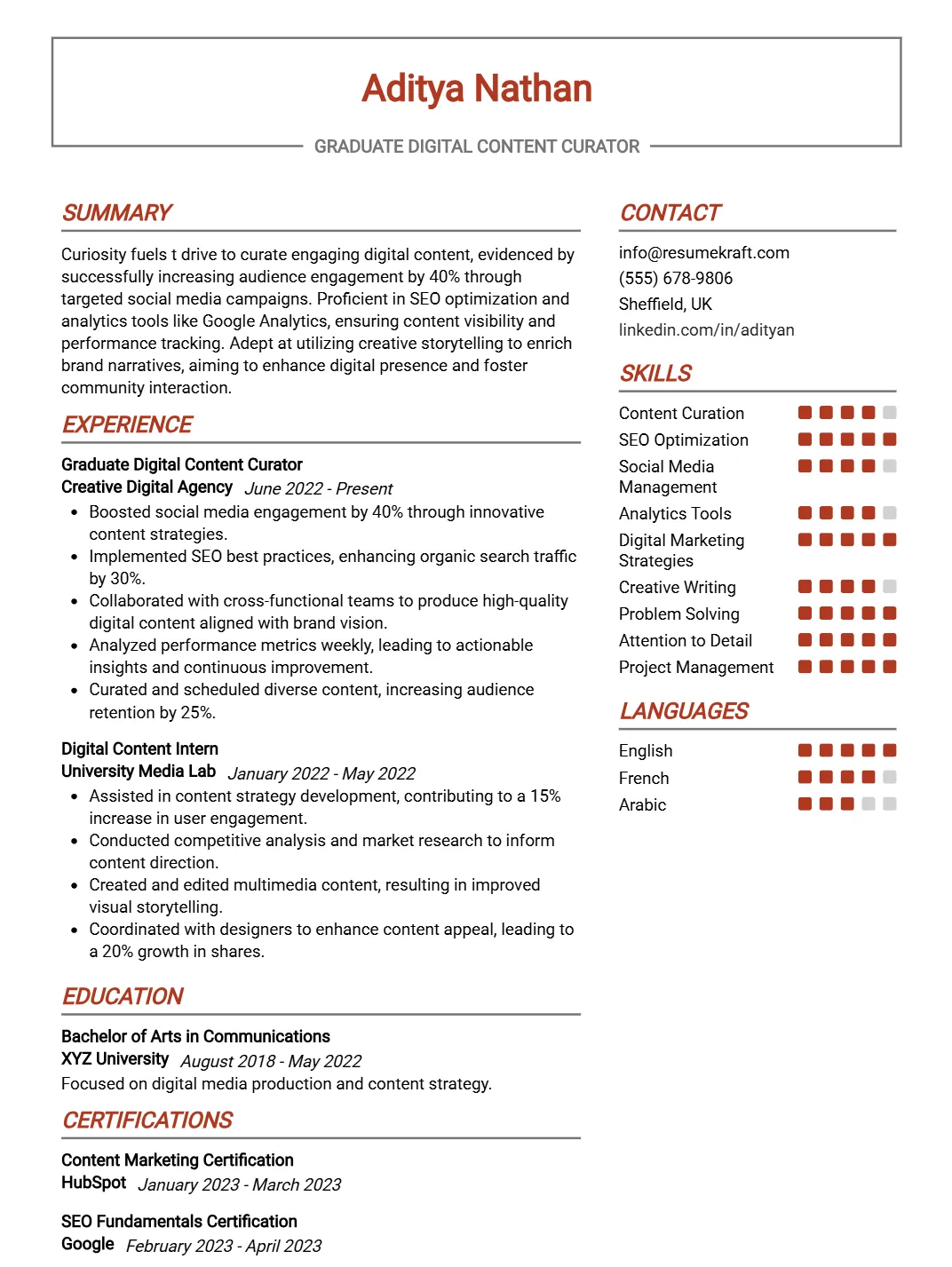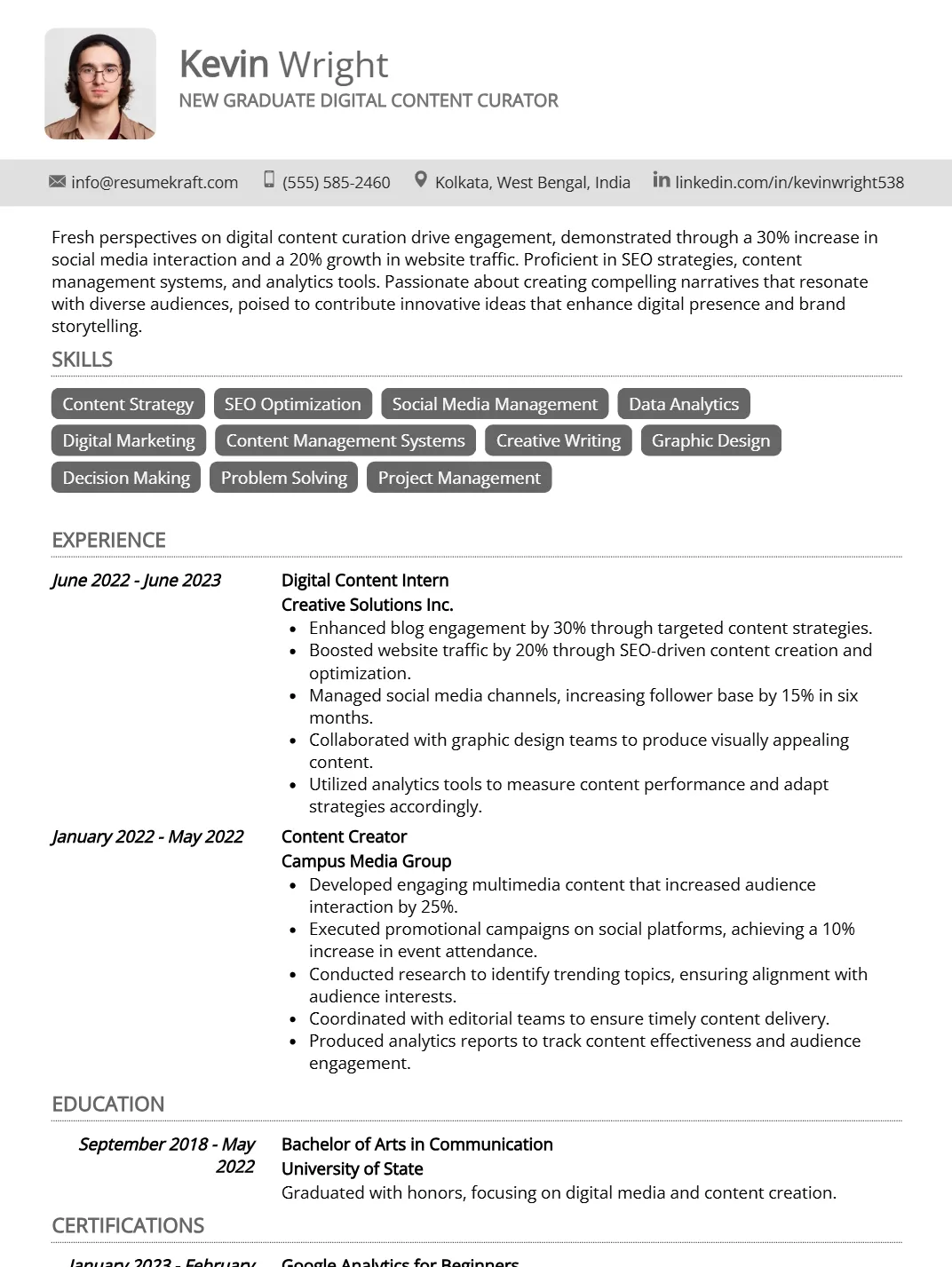
Top 30 ITIL framework Resume Objective Examples for 2025
In the competitive landscape of ITIL framework positions, a compelling resume objective or summary serves as a crucial first impression that can significantly influence hiring managers. These opening statements act as a candidate’s personal branding tool, effectively capturing their unique value proposition and aligning their skills with organizational needs. A well-crafted objective not only highlights a candidate’s enthusiasm for ITIL practices but also outlines their career aspirations, showcasing their commitment to service management excellence. Similarly, a strong summary underscores relevant experience and achievements, demonstrating a proven track record in optimizing IT service delivery and enhancing operational efficiency. In today’s job market, these impactful introductions are essential for candidates aiming to distinguish themselves and secure coveted roles in IT service management.
- ITIL framework Resume Objectives
- ITIL framework Resume Summaries
- How to Write Compelling ITIL framework Resume Objectives and Summaries
- Key Takeaways for ITIL framework Resume Objectives and Summaries
- Frequently Asked Questions
- What is the ideal length for an ITIL framework resume objective or summary?
- How can I customize my ITIL resume objective or summary for different job applications?
- What keywords should I include in my ITIL framework resume objective or summary?
- How can I ensure the effectiveness of my ITIL framework resume objective or summary?
Explore professional resume examples to understand what makes an effective opening statement.
ITIL framework Resume Objectives
Choose from these ITIL framework resume objectives and customize them for your specific situation:
As a recent graduate with a strong foundation in IT service management, I am eager to leverage my academic knowledge of the ITIL framework to contribute to a dynamic team. My goal is to enhance operational efficiency while delivering exceptional service quality, ultimately supporting the organization’s strategic objectives.
Detail-oriented professional with over three years of experience in IT support, eager to transition into an ITIL framework role. Proficient in process improvement and service delivery, I aim to apply my background in troubleshooting and customer service to streamline IT operations and boost end-user satisfaction.
Build your resume in just 5 minutes with AI.
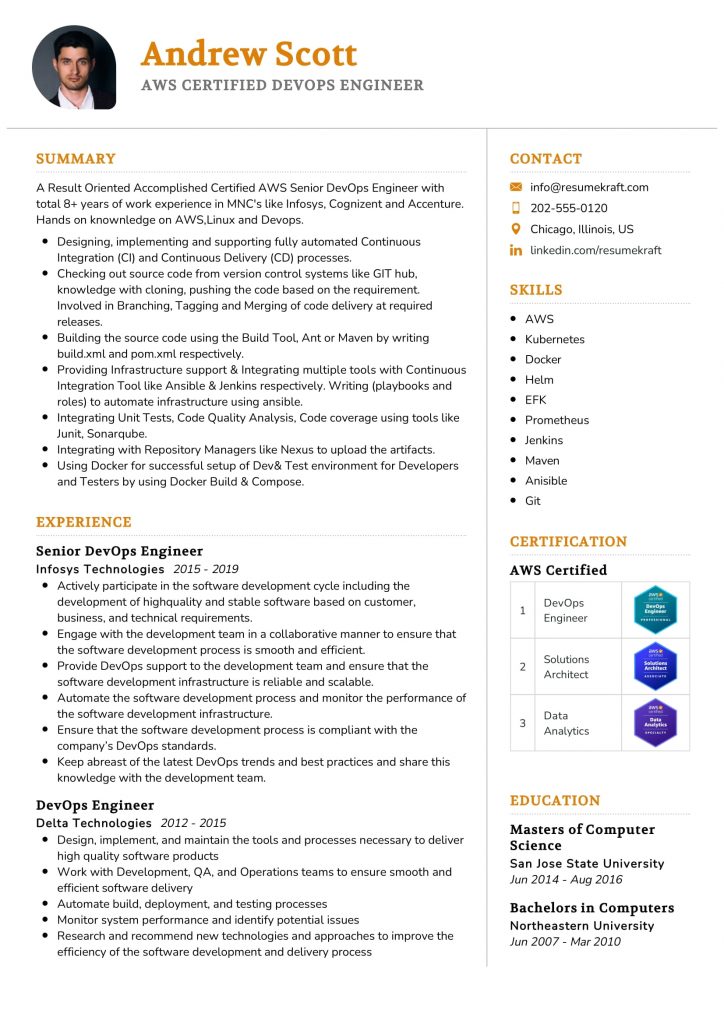
Results-driven IT specialist with five years of experience in managing IT operations, seeking to apply my expertise in ITIL principles to optimize service management processes. I am committed to continuous improvement and collaboration, looking to contribute to a forward-thinking organization that values efficiency and innovation.
Dynamic IT professional with a background in project management and IT service delivery, seeking to pivot into an ITIL-focused role. My goal is to utilize my skills in stakeholder communication and process optimization to enhance service quality while driving positive change within IT operations.
Transitioning from a background in customer service to IT service management, I am passionate about implementing ITIL best practices to improve service delivery. With strong problem-solving abilities and a customer-centric approach, I am excited to contribute to a team dedicated to excellence in IT operations.
Driven IT analyst with two years of experience in service desk management, looking to deepen my expertise in the ITIL framework. I am eager to leverage my skills in incident resolution and process documentation to support a collaborative team environment and elevate service standards.
Dedicated professional with seven years of IT management experience, seeking to further my career in an ITIL-focused role. My strong leadership skills and proven track record of implementing ITIL-based solutions have resulted in a 20% increase in service efficiency, a testament to my commitment to continuous improvement.
As a seasoned IT coordinator with extensive experience in service delivery and project execution, I am looking to align my skills with an ITIL-focused organization. My goal is to foster collaboration across teams, driving operational excellence and enhancing service management processes in line with ITIL standards.
Ambitious recent graduate with dual degrees in Information Technology and Business Administration, eager to apply my knowledge of ITIL principles in a service management position. I am enthusiastic about contributing innovative ideas and a fresh perspective to optimize IT processes and support organizational growth.
IT service management professional with a strong understanding of ITIL methodologies, seeking to bring my five years of experience in service improvement and incident management to a progressive organization. I am dedicated to enhancing operational performance by implementing effective ITIL practices that maximize service delivery.
Proactive and detail-oriented IT technician with a year of hands-on experience in IT support, looking to build my career within an ITIL framework role. I aim to apply my technical skills and eagerness to learn in order to contribute to effective service management and exceed user expectations.
Accomplished IT manager with eight years of experience in service transition and operations, seeking to leverage my expertise in ITIL to drive organizational change. My proven ability to lead teams in implementing ITIL processes has consistently resulted in enhanced service delivery and operational efficiency.
Enthusiastic career changer with a background in project coordination, eager to transition into IT service management with a focus on the ITIL framework. I am committed to utilizing my organizational skills and process-oriented mindset to facilitate effective service delivery and improve workflow efficiencies.
Tech-savvy professional returning to the workforce with a focus on IT service management and the ITIL framework. With a solid background in administrative support and a keen interest in technology, I am eager to re-enter the field and contribute to process optimization and service excellence.
ITIL framework Resume Summaries
Select from these professional ITIL framework resume summaries and adapt them to highlight your unique qualifications:
Dynamic ITIL Consultant with over 8 years of experience in service management and process improvement. Successfully led a cross-functional team to implement ITIL best practices, resulting in a 30% reduction in service delivery time and a 20% increase in customer satisfaction scores. Expert in incident management and change control, with a proven ability to align IT services with business objectives.
Results-driven ITIL Practitioner with 5 years of experience in the banking sector, specializing in problem management and service support. Developed and executed a knowledge management system that improved resolution times by 25% and reduced repeat incidents by 15%. Proficient in ITIL v4 frameworks and tools such as ServiceNow, with strong analytical skills to drive continuous improvement initiatives.
Dedicated ITIL Service Manager with a decade of experience in managing large-scale IT operations for a global manufacturing firm. Successfully improved service level agreement compliance by 40% through the implementation of standardized incident response protocols. Skilled in stakeholder management and team leadership, fostering a culture of high performance and accountability.
Organized ITIL Process Owner with 6 years of experience in the healthcare industry, focusing on service transition and service operation processes. Led a project that streamlined the change management process, decreasing change failures by 50% and increasing change success rates to 95%. Adept in creating process documentation and training materials to enhance team performance and adherence to ITIL standards.
Experienced ITIL Change Manager with over 7 years of expertise in leading change initiatives within the telecommunications sector. Championed a change advisory board that resulted in a 35% reduction in unauthorized changes and a 25% increase in process efficiency. Strong communicator with a knack for building relationships across technical and non-technical teams.
Ambitious ITIL Analyst with 3 years of experience in implementing IT service management solutions for an e-commerce platform. Contributed to the development of a service catalog that improved service visibility and reduced service request fulfillment time by 20%. Enthusiastic about leveraging ITIL practices to enhance user experience and operational efficiency.
ITIL Implementation Specialist with 9 years of experience in public sector IT management, focusing on service design and continual service improvement. Spearheaded an initiative that improved incident resolution rates by 40% while reducing operational costs by 15% through effective resource allocation. Highly skilled in process mapping and stakeholder engagement to drive project success.
Proficient ITIL Trainer with over 4 years of experience in educating teams on ITIL methodologies and best practices. Developed comprehensive training modules that have increased team knowledge retention by 30% and improved process compliance rates by 25%. Passionate about empowering others through knowledge sharing and fostering a culture of continuous improvement.
Results-oriented ITIL Service Delivery Manager with 6 years of experience in the retail industry, ensuring seamless service delivery to enhance customer experience. Enhanced service performance metrics by implementing performance dashboards, resulting in a 20% increase in service quality ratings. Adept in vendor management and contract negotiation, driving value from third-party service providers.
Motivated ITIL Service Desk Coordinator with 2 years of experience managing front-line support teams in a fast-paced IT environment. Played a key role in implementing a ticketing system that improved first contact resolution rates by 15%. Strong problem-solving skills and a commitment to delivering exceptional customer service.
Strategic ITIL Program Manager with over 10 years of experience in orchestrating ITIL transformations across various industries. Led a company-wide initiative that integrated ITIL with Agile methodologies, resulting in a 50% improvement in project delivery times. Proven track record of managing multiple projects simultaneously while ensuring alignment with business goals.

Build your resume in 5 minutes
Our resume builder is easy to use and will help you create a resume that is ATS-friendly and will stand out from the crowd.
Detail-oriented ITIL Process Analyst with 5 years of experience in evaluating and optimizing service management processes. Conducted process audits that identified inefficiencies, leading to a 30% reduction in service incidents. Proficient in data analysis and reporting, driving informed decision-making to enhance service delivery.
Adaptable ITIL Compliance Officer with 4 years of experience ensuring adherence to ITIL standards within financial services. Developed and implemented compliance frameworks that resulted in passing all internal audits with zero non-conformities. Expertise in risk management and process governance, fostering a culture of accountability and compliance.
Innovative ITIL Project Coordinator with 3 years of experience in supporting ITIL implementations in the education sector. Assisted in launching a new service management tool that optimized workflow processes, resulting in a 20% decrease in overhead costs. Strong organizational skills and attention to detail, ensuring timely project delivery and stakeholder satisfaction.
How to Write Compelling ITIL framework Resume Objectives and Summaries
- Utilize industry-specific keywords such as “service delivery,” “incident management,” and “change management” to align your resume objectives with the ITIL framework, enhancing visibility in ATS and improving your chances of selection. Study professional resume examples for inspiration
- Quantify your achievements by specifying metrics like improved service uptime by 30% or reduced incident resolution time by 15%. This concrete data makes your contributions more compelling to hiring managers.
- Tailor your resume objectives to mirror the job description closely, highlighting your relevant ITIL certifications and experience in process improvement. This customization shows your genuine interest and suitability for the role.
- Avoid vague phrases like “seeking a challenging position” in your objectives. Instead, specify your goals, such as “aiming to leverage ITIL expertise to enhance service efficiency and customer satisfaction at [Company Name].”
- Use an AI resume builder to streamline formatting and ensure clarity, helping you present your ITIL skills and experiences effectively. A well-structured resume increases readability and helps you stand out.
- Craft summaries that emphasize a proven track record with ITIL practices, focusing on your contributions in service management and successful project implementations. Highlight relevant roles and the impact you made in each.
- Review examples of strong ITIL-focused resumes and summaries to understand effective structures and phrasing. This can provide inspiration and help you avoid common pitfalls in resume writing.
- Include a compelling cover letter template that complements your resume objectives, providing deeper insights into your ITIL experience and how it aligns with the prospective employer’s goals and values.
Key Takeaways for ITIL framework Resume Objectives and Summaries
- Clearly articulate your understanding of ITIL principles, highlighting specific processes like incident management, change management, or service level management to showcase your expertise.
- Emphasize quantifiable achievements, such as improving service delivery times or increasing customer satisfaction ratings, to demonstrate the impact of your ITIL knowledge.
- Showcase relevant certifications, like ITIL Foundation or ITIL Practitioner, in your objective or summary to establish credibility and commitment to professional development in IT service management.
- Tailor your objective or summary to align with the job description, incorporating keywords and themes that reflect the specific needs and goals of the employer.
- Convey enthusiasm for continuous improvement and collaboration, highlighting your ability to work within cross-functional teams to drive IT service excellence and operational efficiency. Consider using an AI resume builder for optimization
Frequently Asked Questions
What is the ideal length for an ITIL framework resume objective or summary?
An effective resume objective or summary should ideally be 2-4 sentences long, succinctly capturing your career goals and core competencies. This length allows you to provide key information without overwhelming hiring managers. Focus on including relevant ITIL terminology and accomplishments, as a concise well-crafted statement can make a significant impact. Using an AI resume builder can help fine-tune your content for optimal length and clarity.
How can I customize my ITIL resume objective or summary for different job applications?
To customize your ITIL resume objective or summary, carefully analyze the job description and highlight the skills and experiences that align with the employer’s needs. Use specific ITIL processes or methodologies relevant to the role you’re applying for. Tailoring your content shows genuine interest and increases your chances of passing through Applicant Tracking Systems (ATS). A well-crafted cover letter template alongside a customized resume can further enhance your application.
What keywords should I include in my ITIL framework resume objective or summary?
Incorporate relevant keywords such as ‘IT Service Management,’ ‘Incident Management,’ ‘Change Management,’ and ‘Service Level Agreements’ in your ITIL resume objective or summary. These terms not only align with industry standards but also help your resume perform better in ATS screenings. Consider utilizing an AI resume builder that can suggest popular keywords based on current market trends, ensuring your resume remains competitive. Pair this with professional cover letter templates for a complete application.
How can I ensure the effectiveness of my ITIL framework resume objective or summary?
To ensure effectiveness, focus on quantifiable achievements and specific skills that demonstrate your expertise in ITIL processes. Use action verbs to convey your contributions and results clearly. A strong objective or summary should resonate with hiring managers and reflect your unique value proposition. Reviewing numerous resume examples, alongside tailored cover letter templates, can inspire you to create compelling content that stands out. Use resume synonyms to enhance your word variety.

